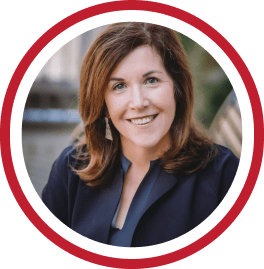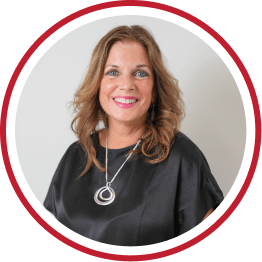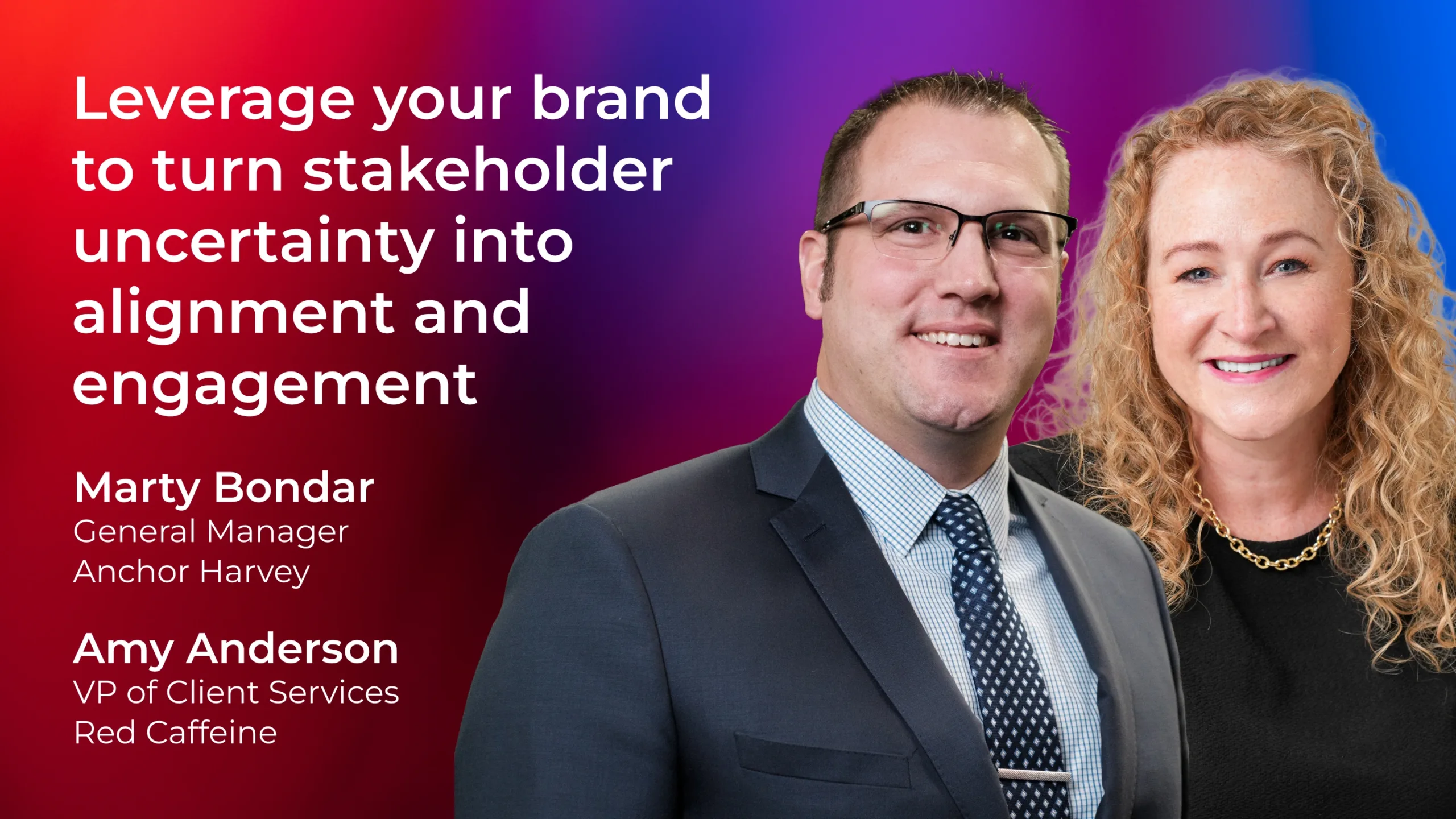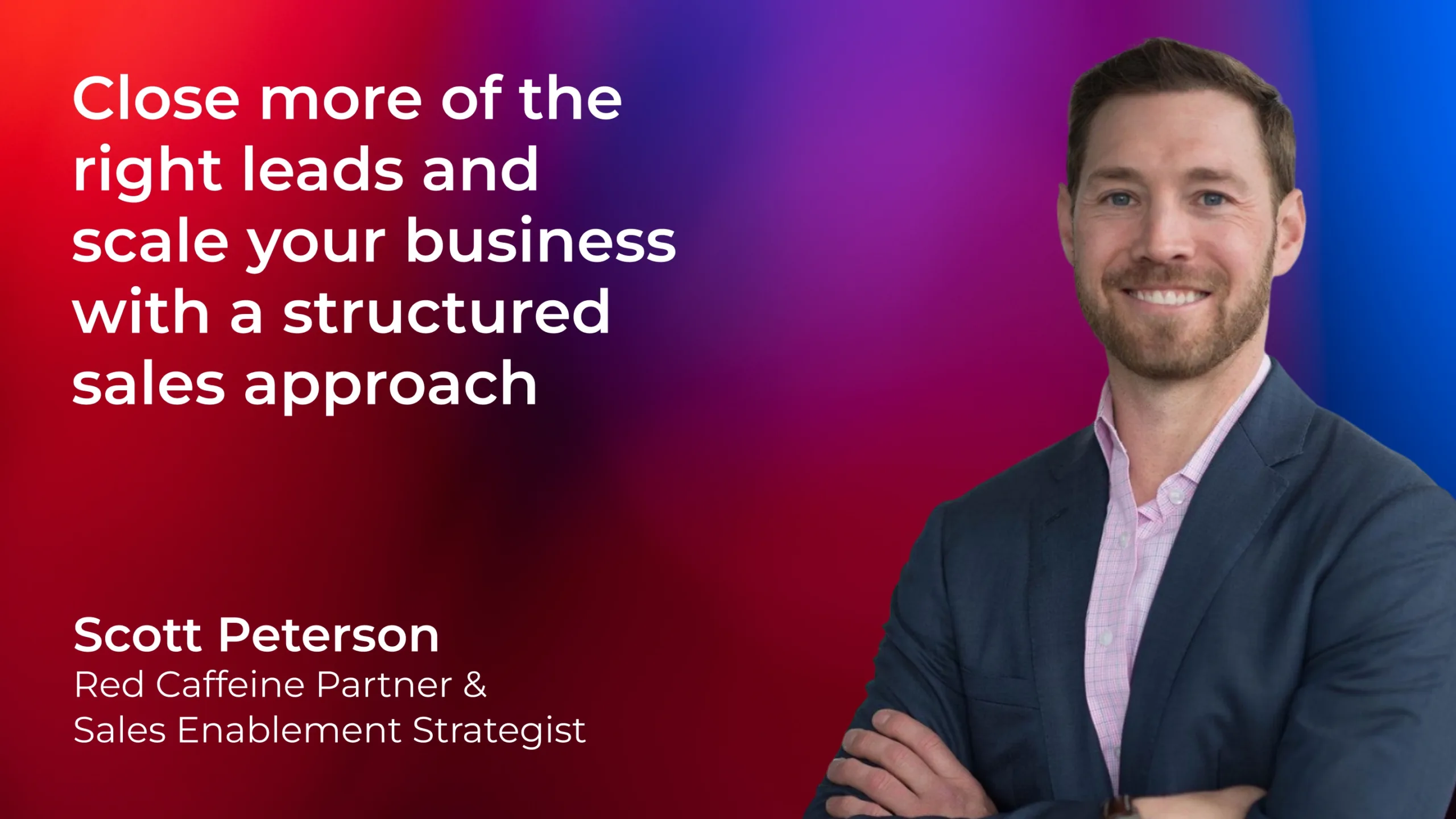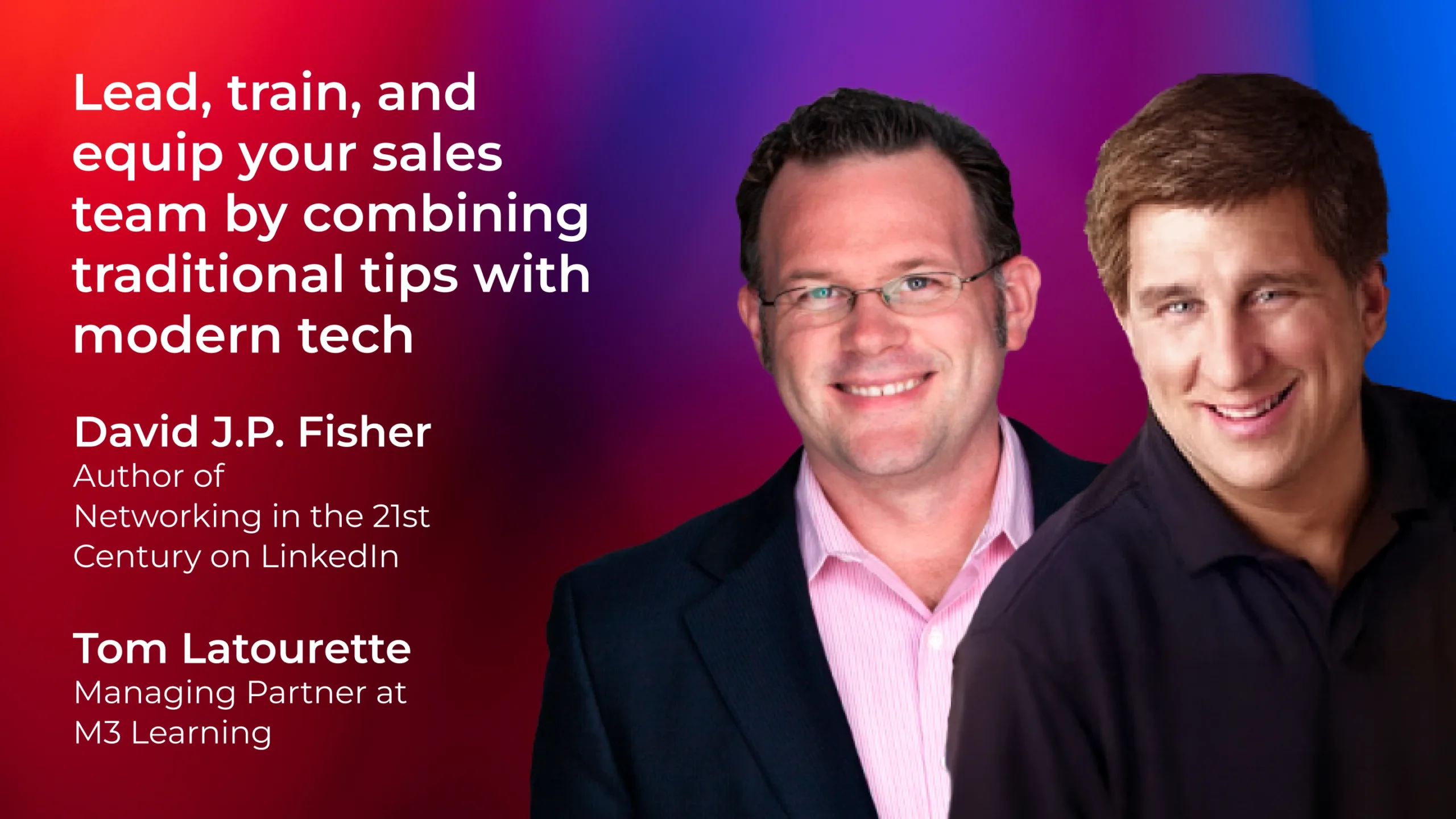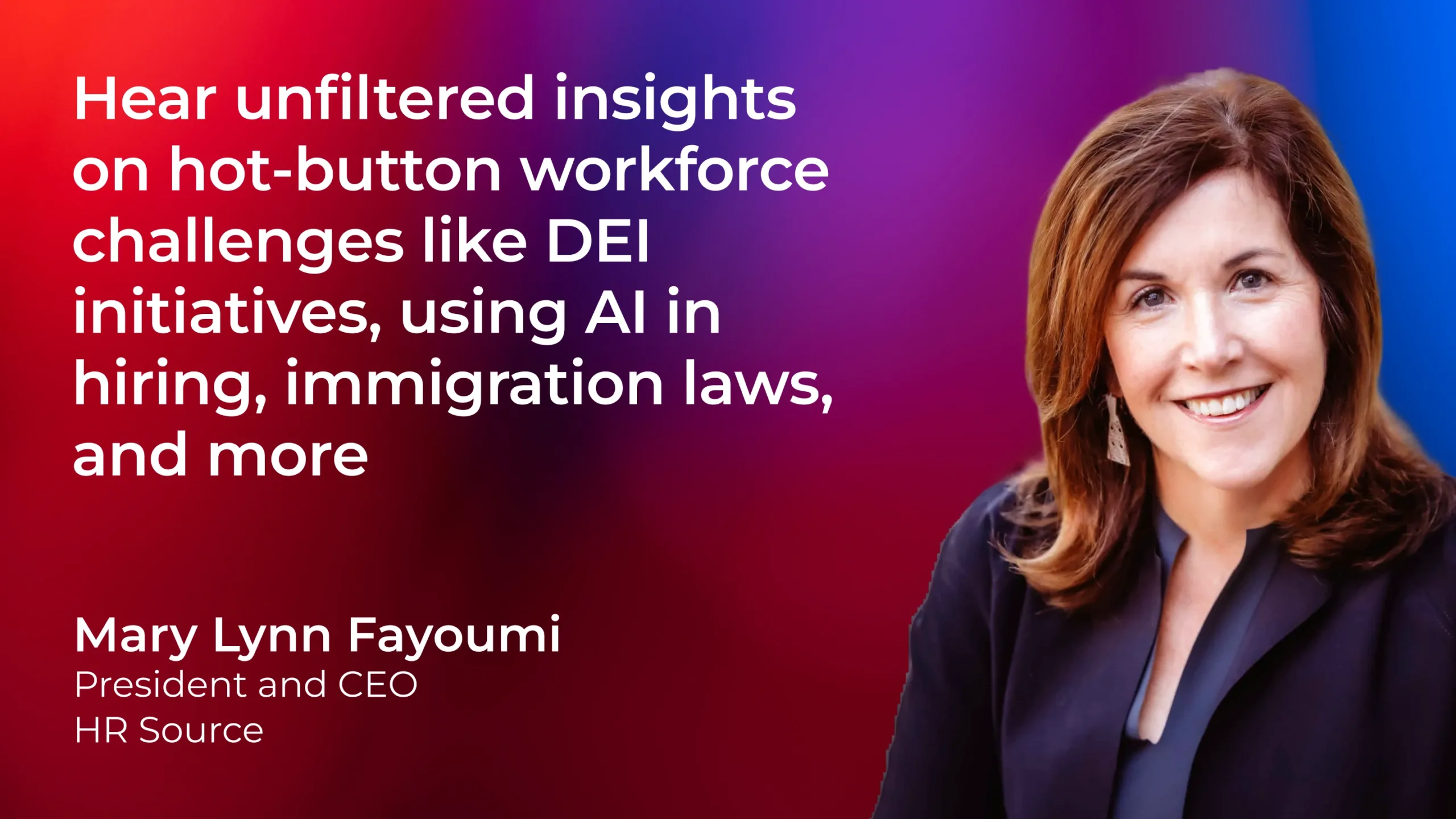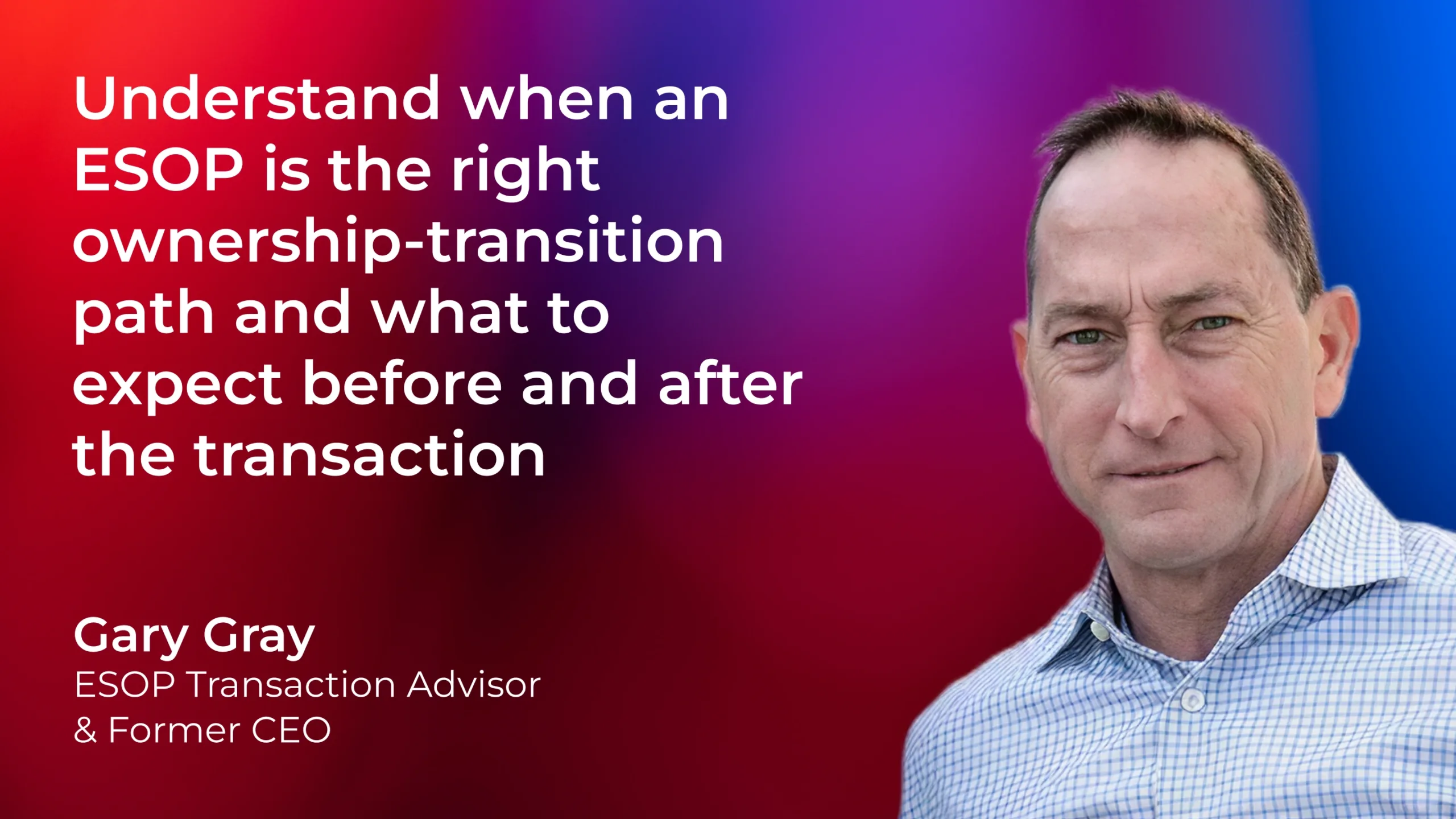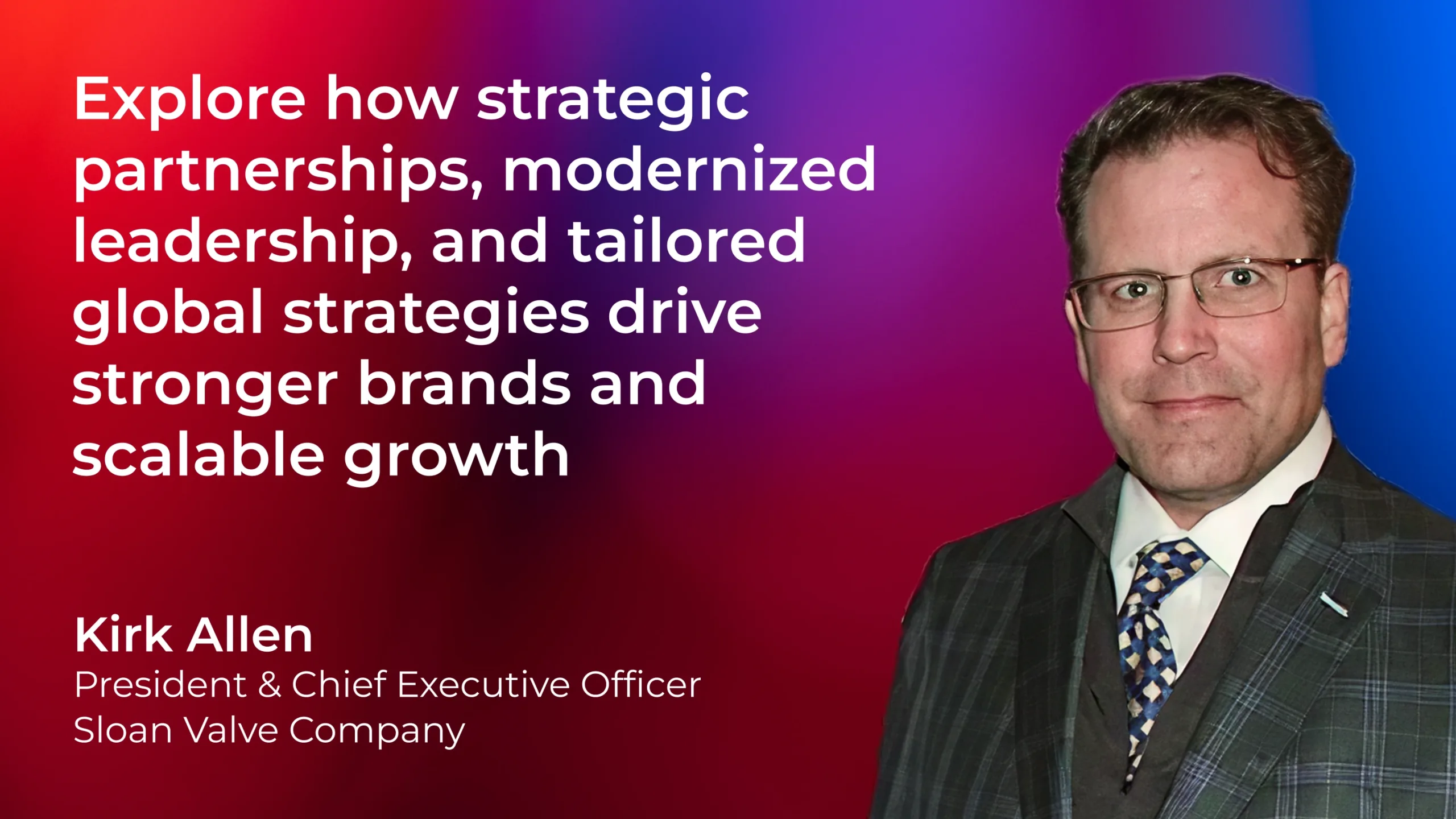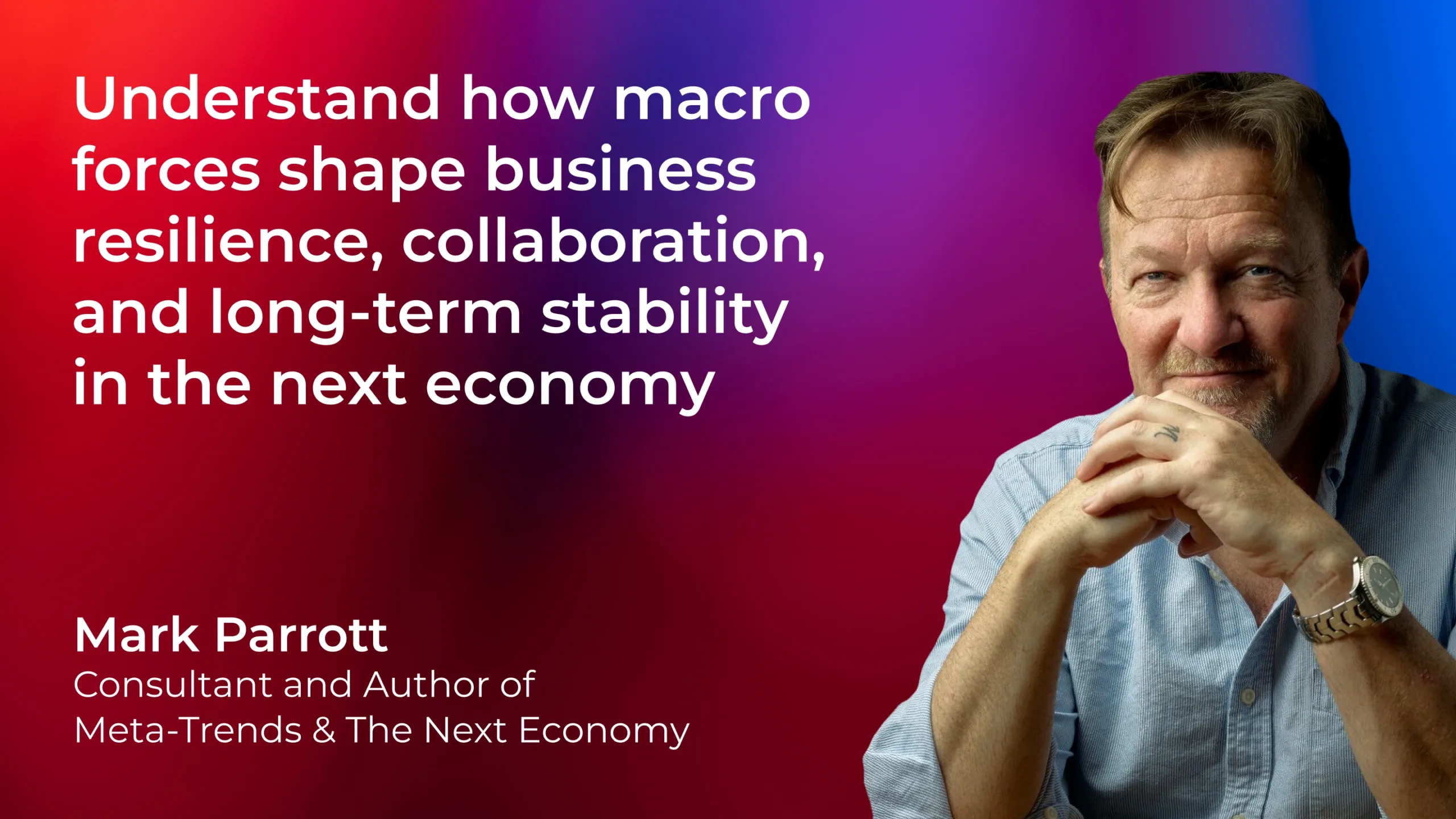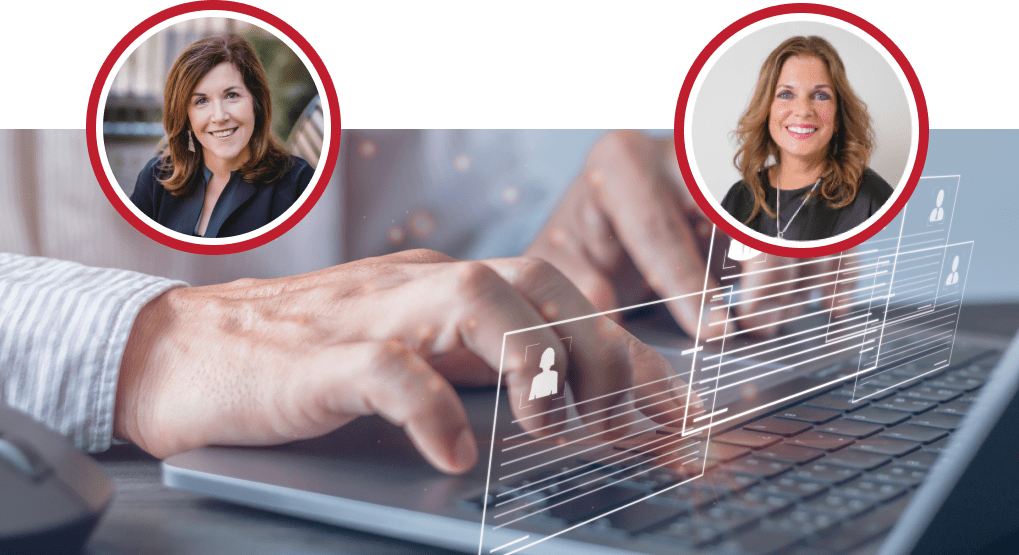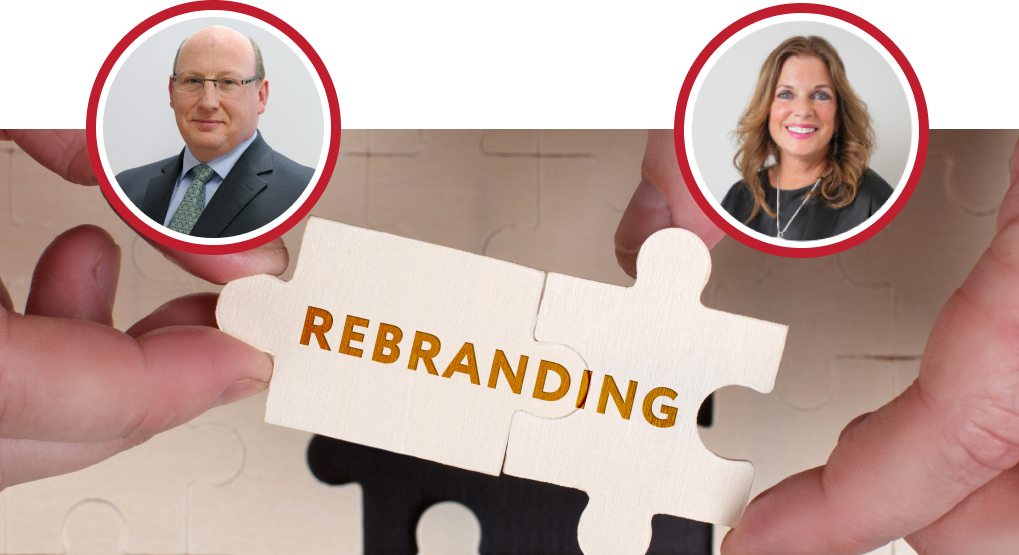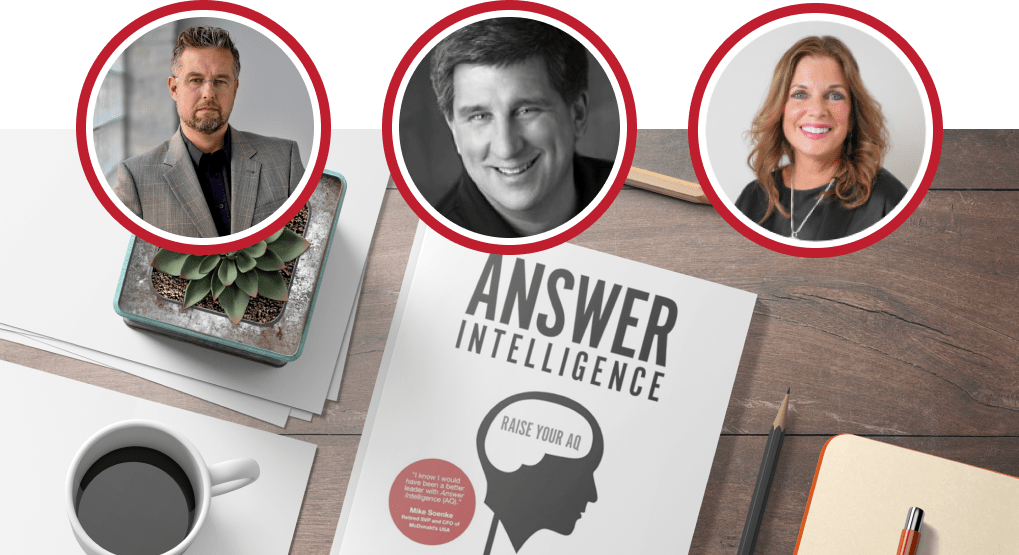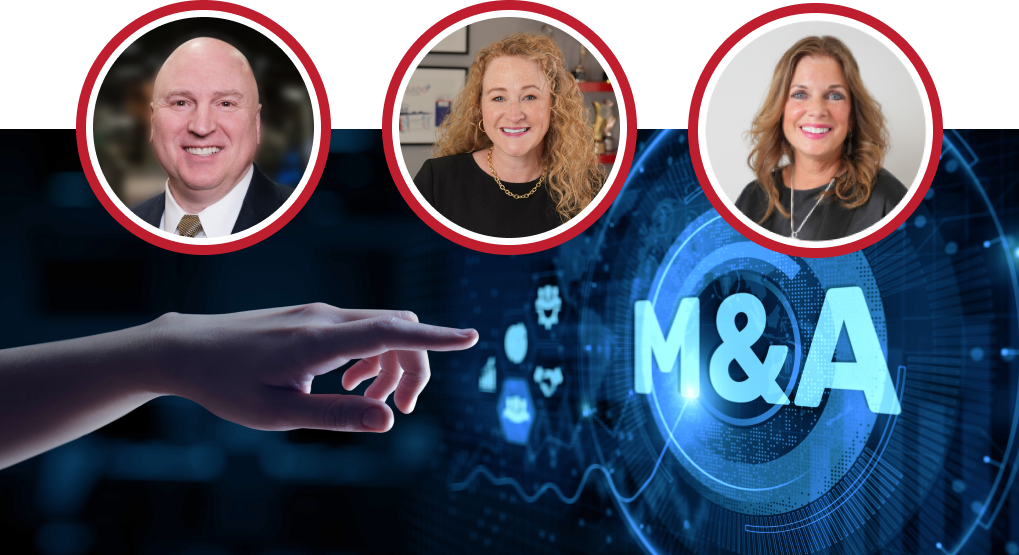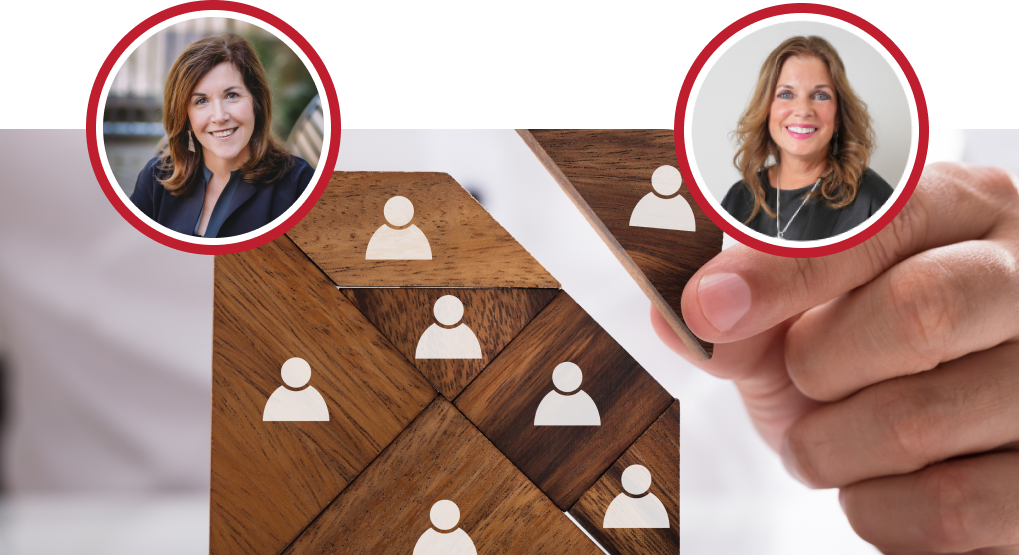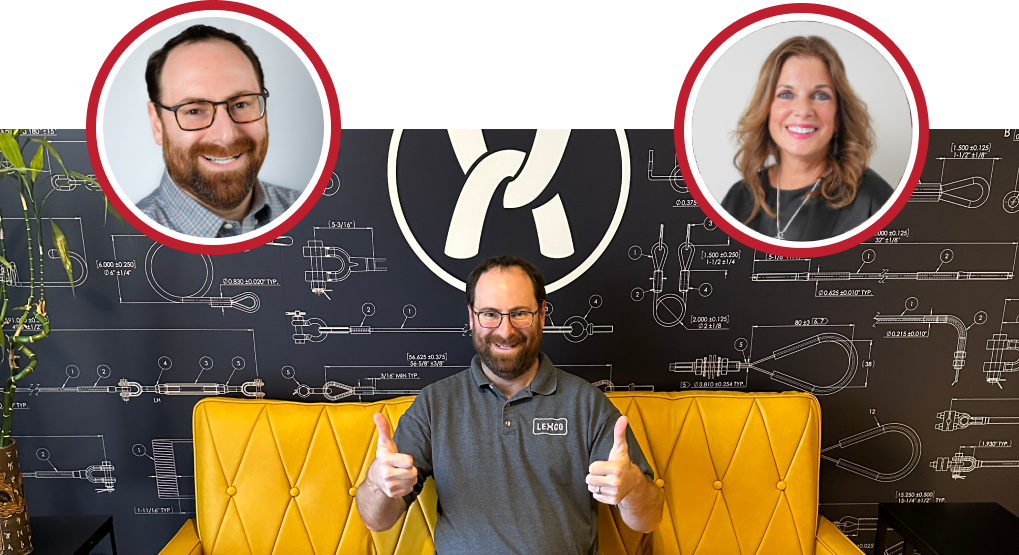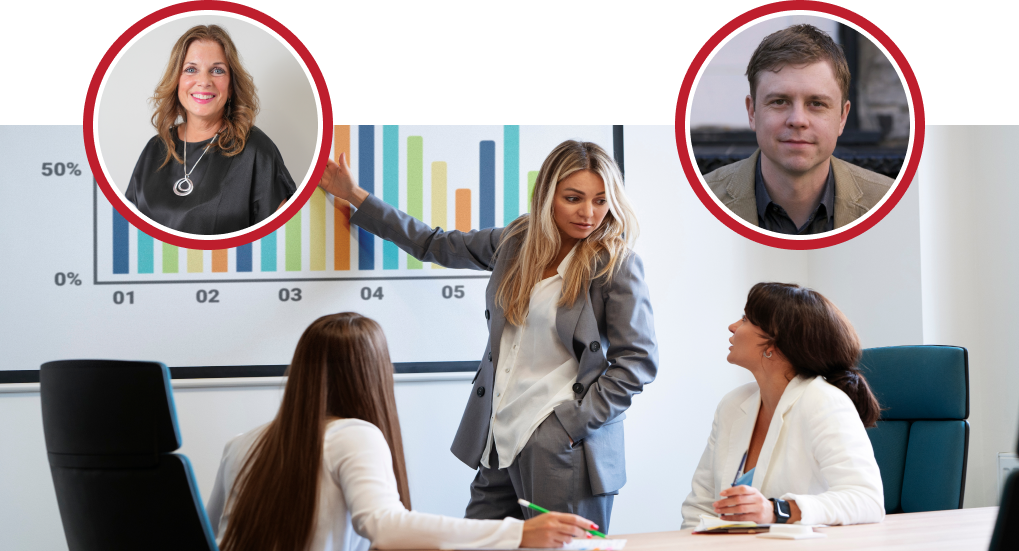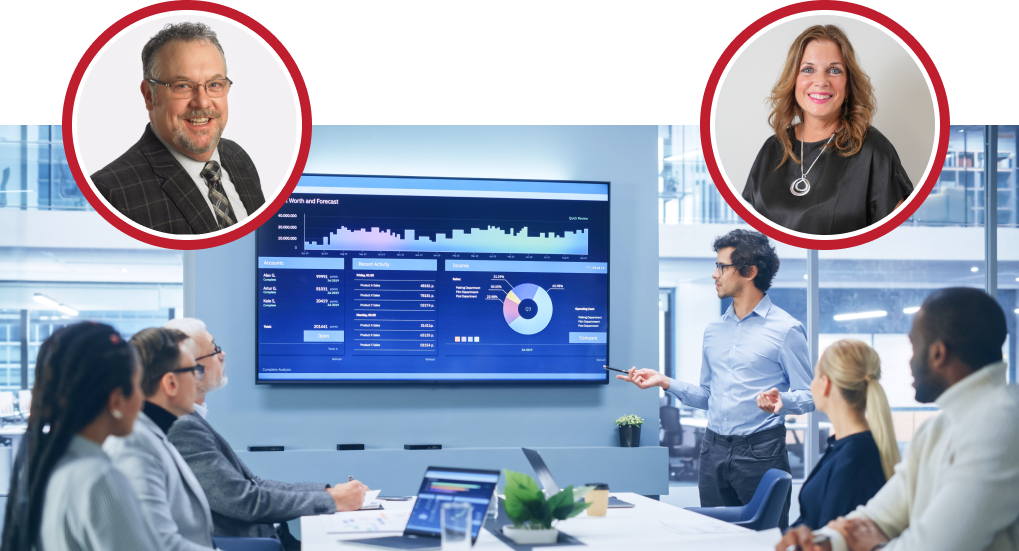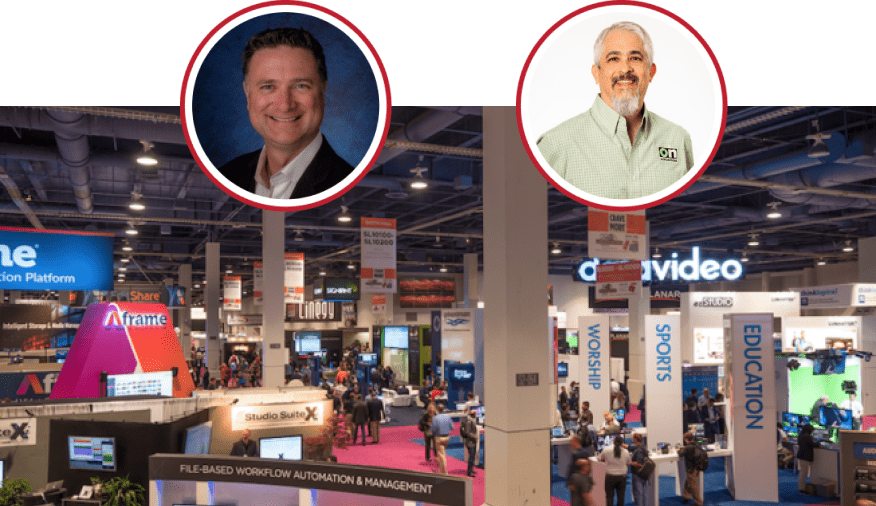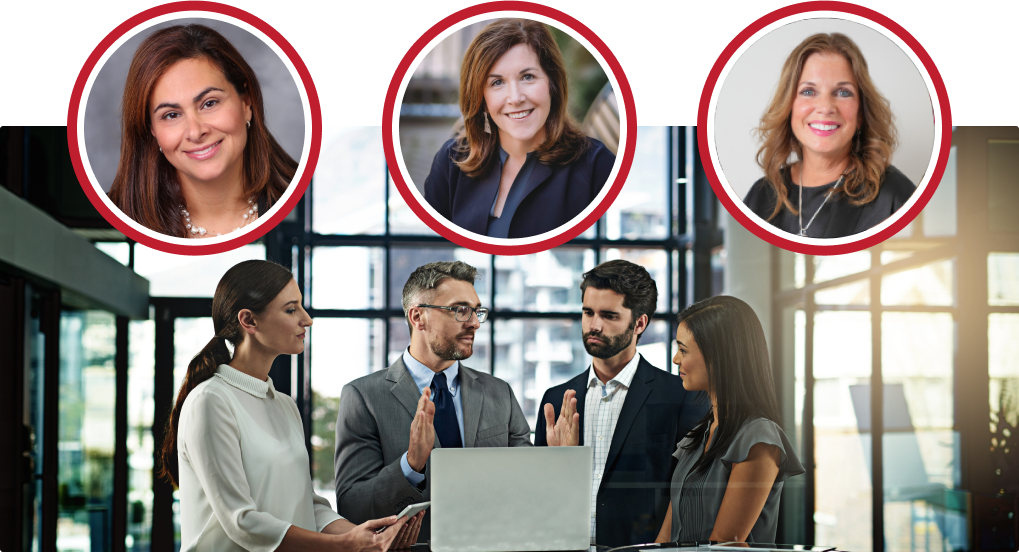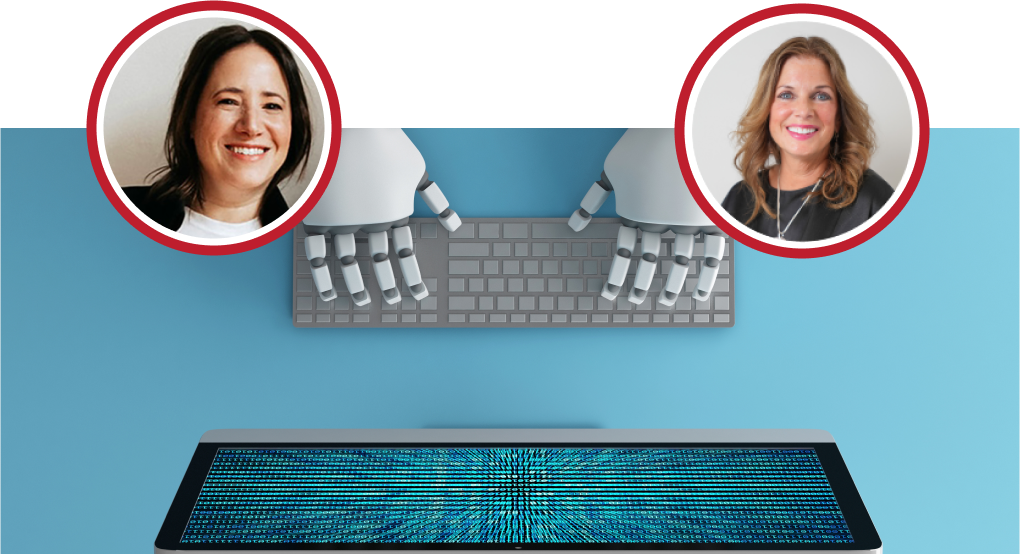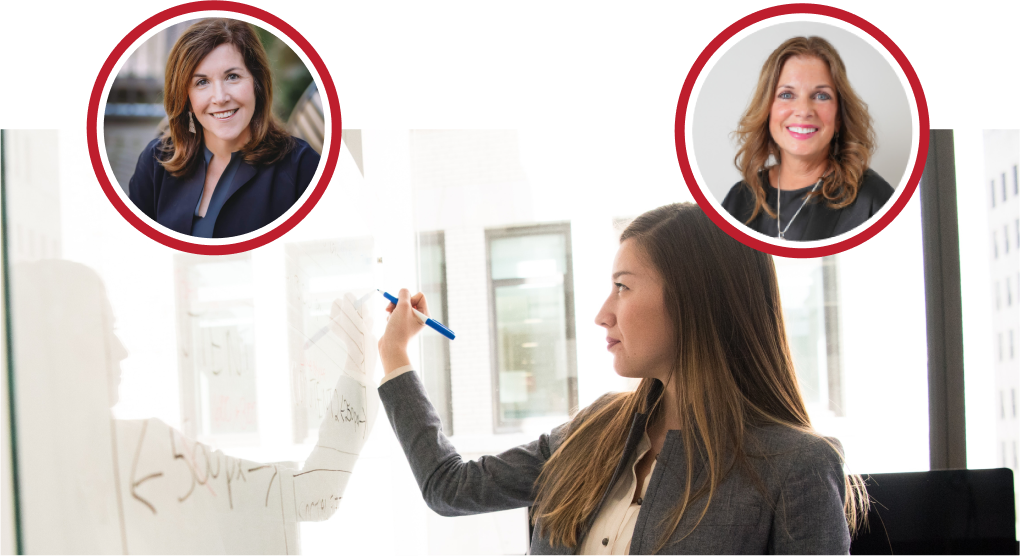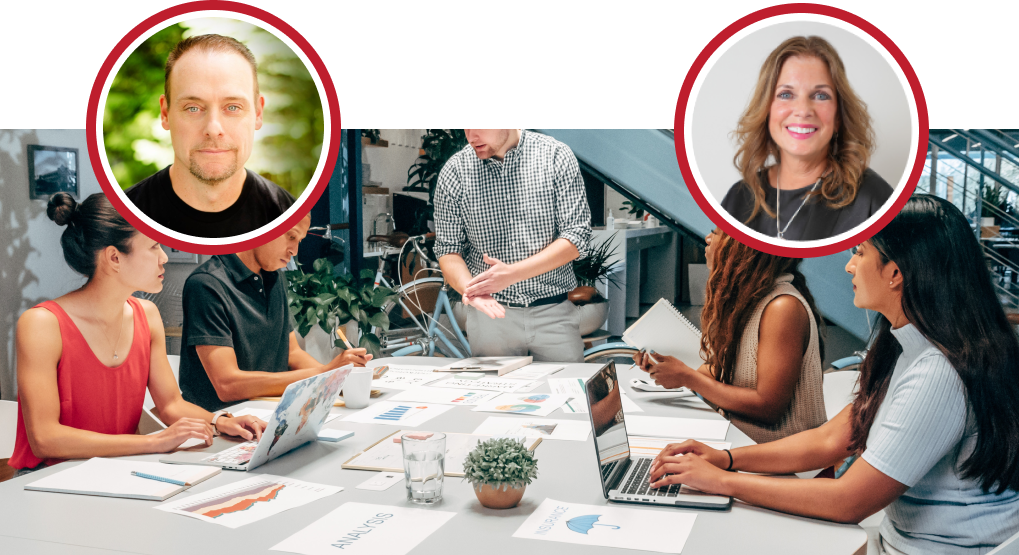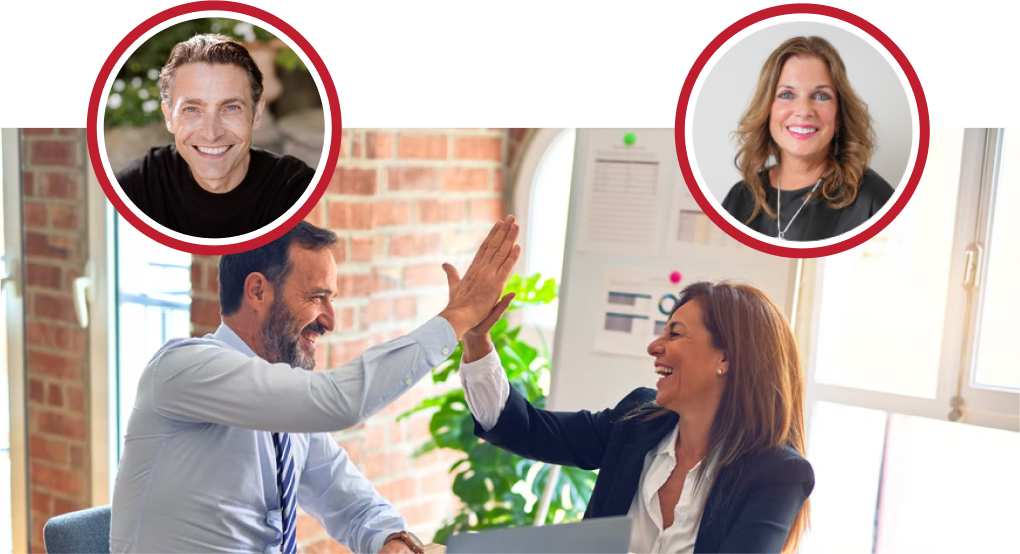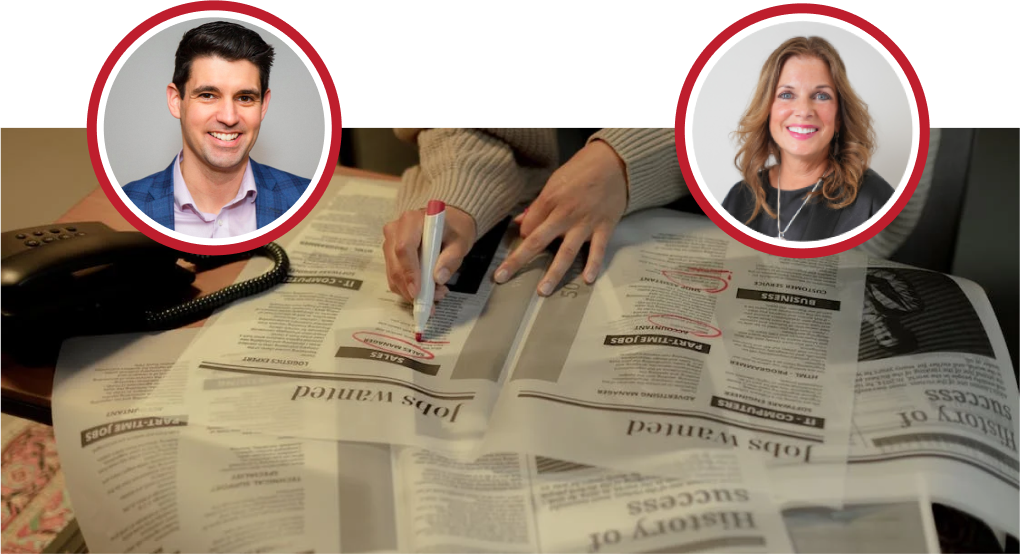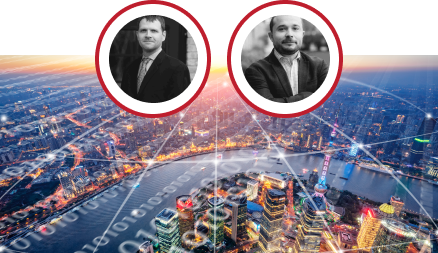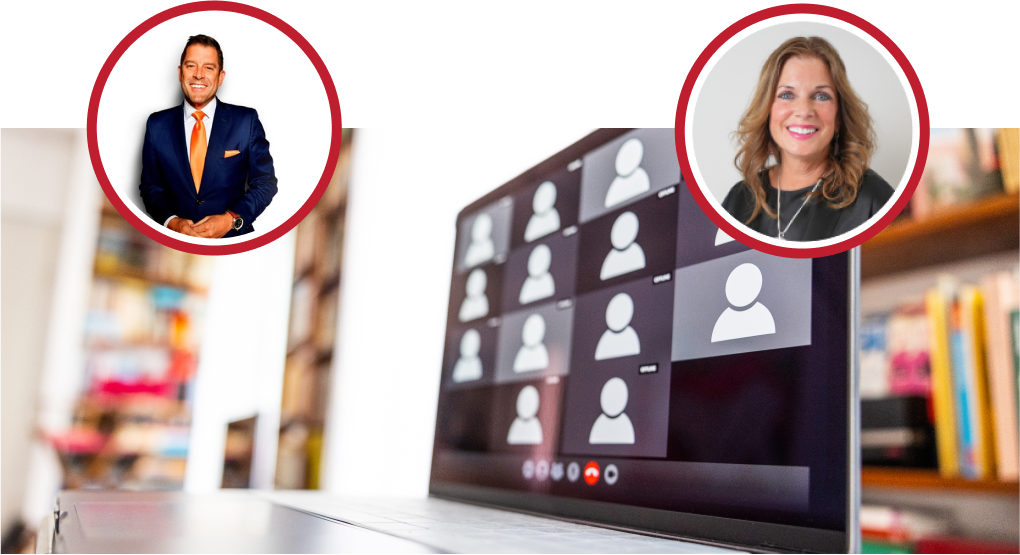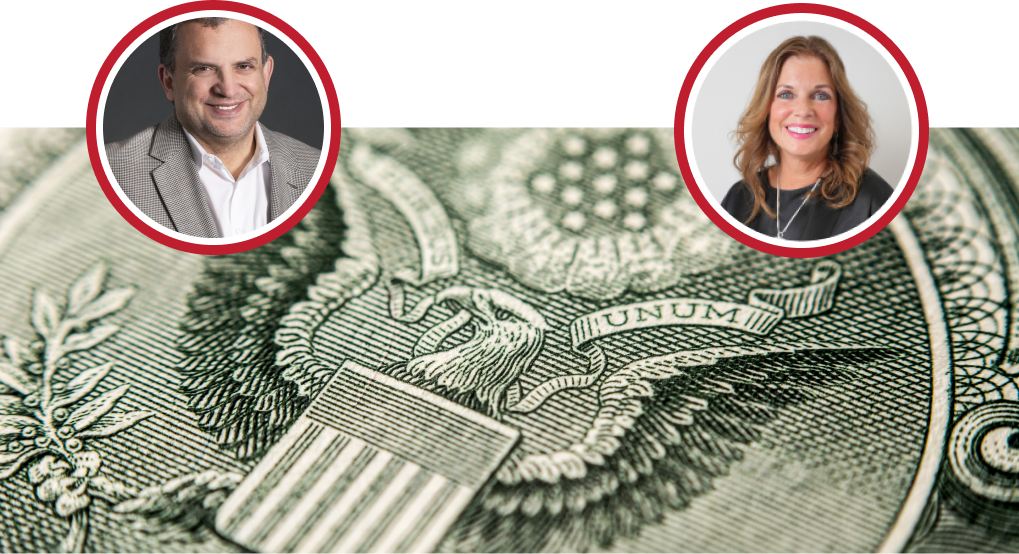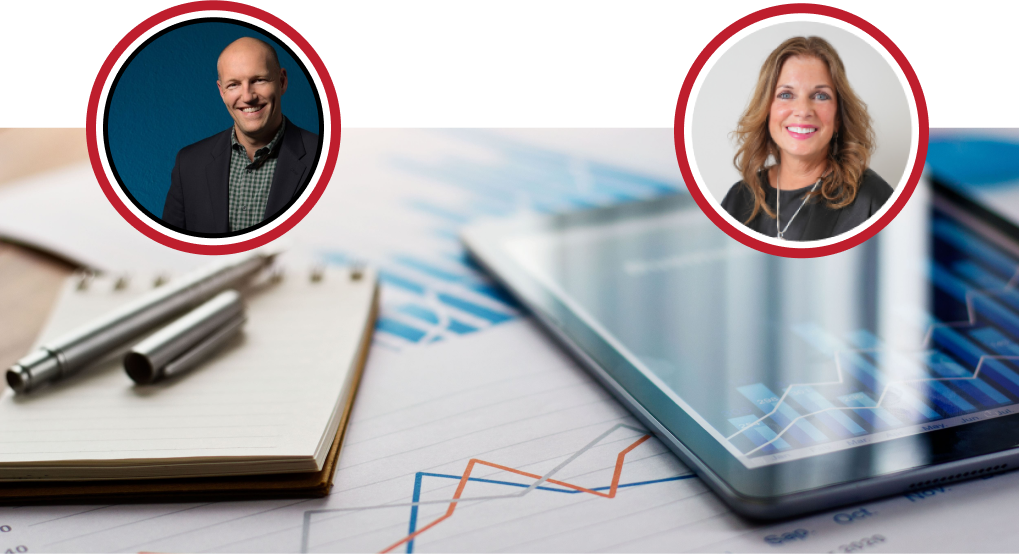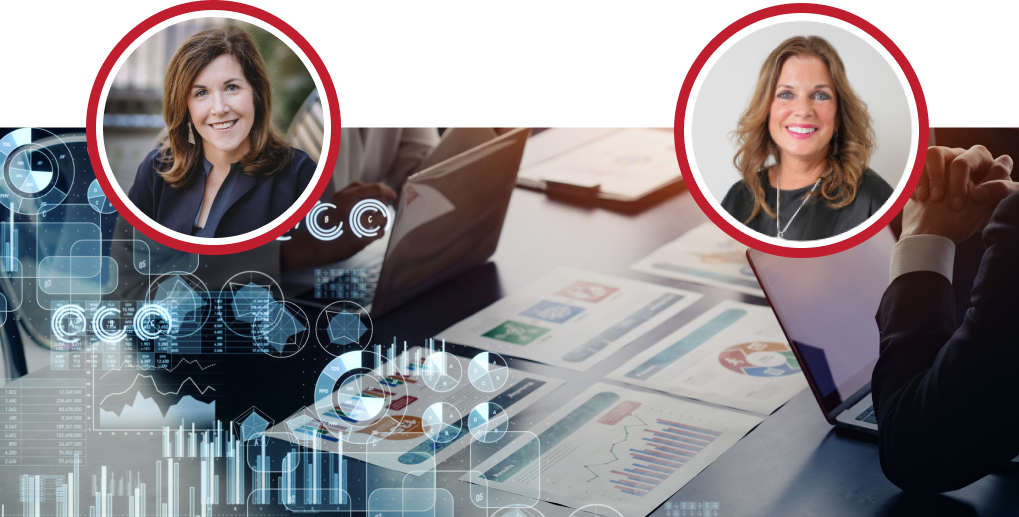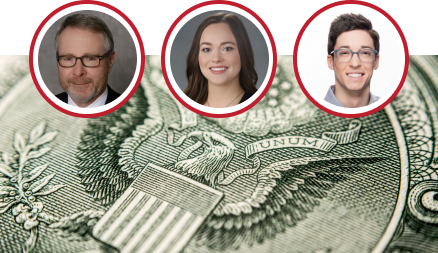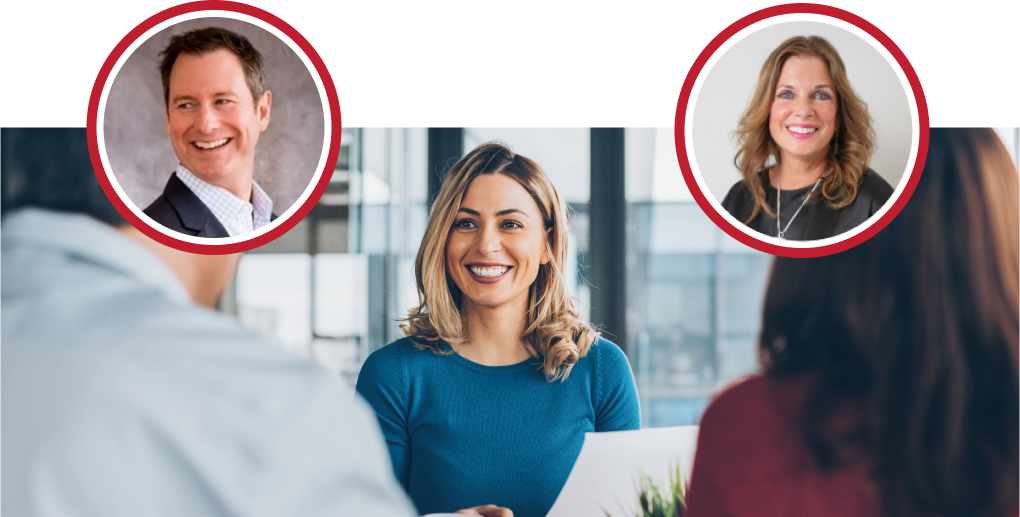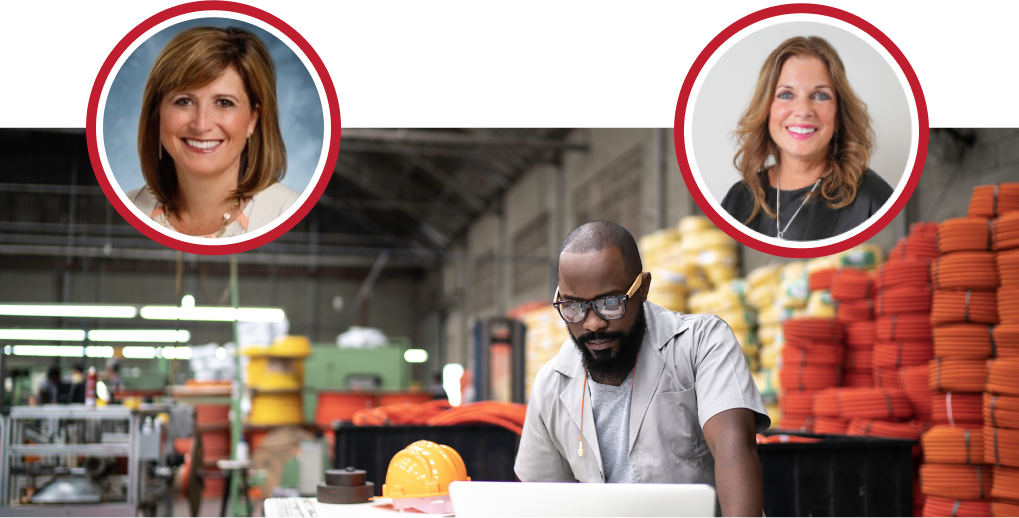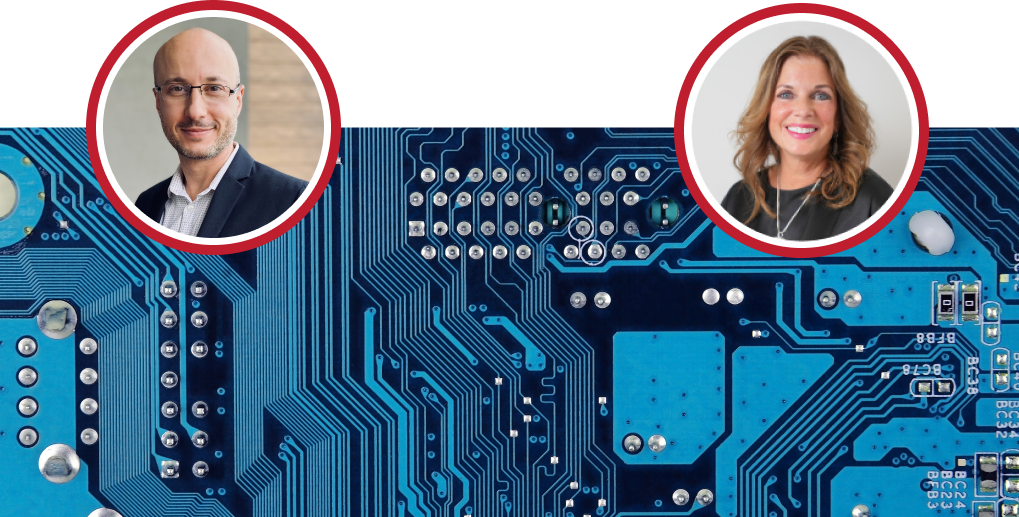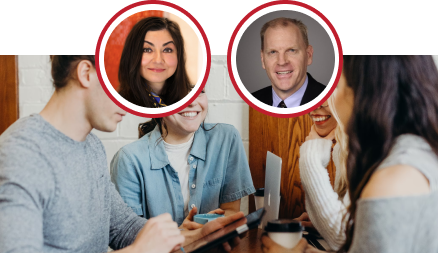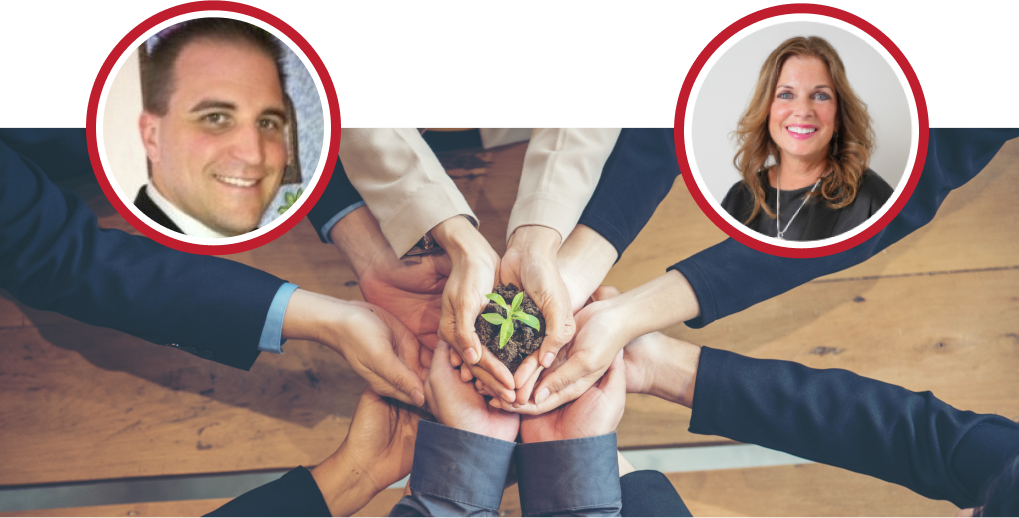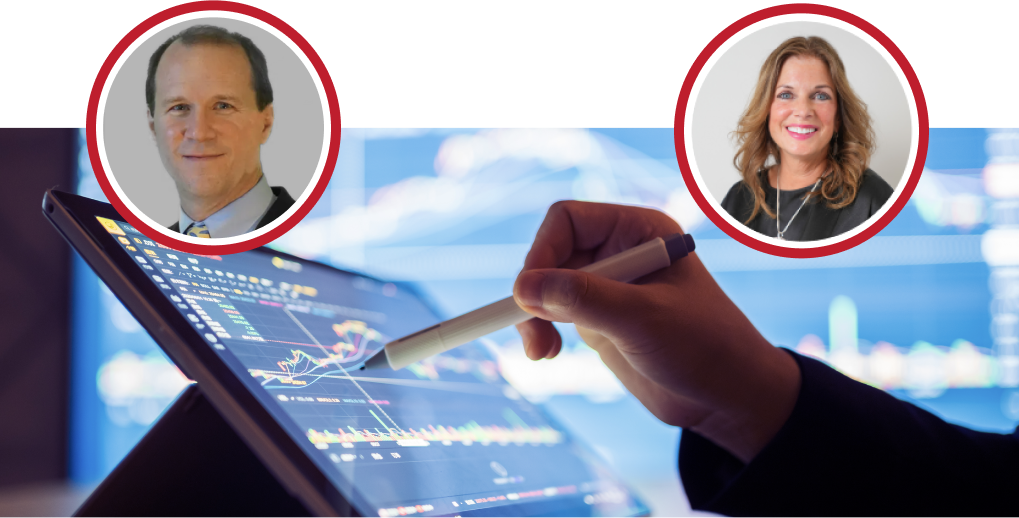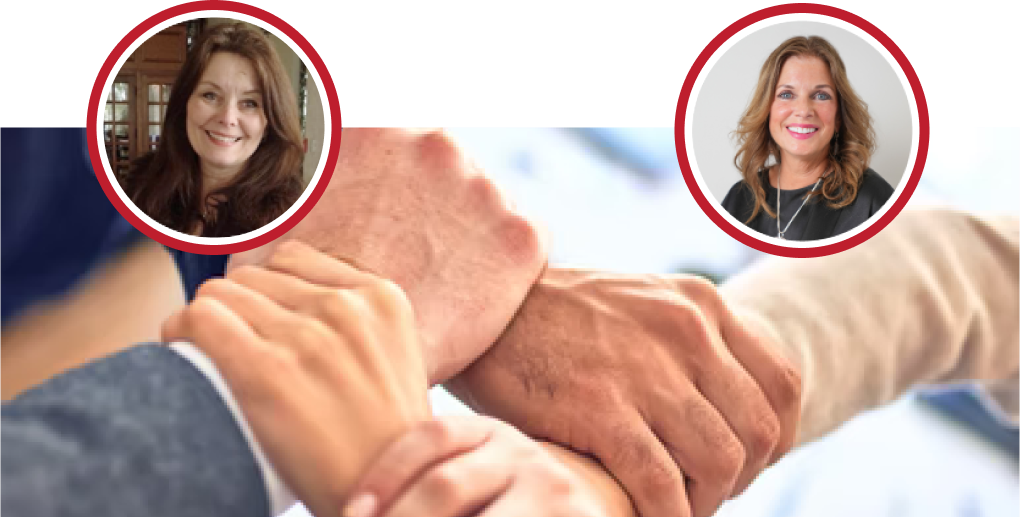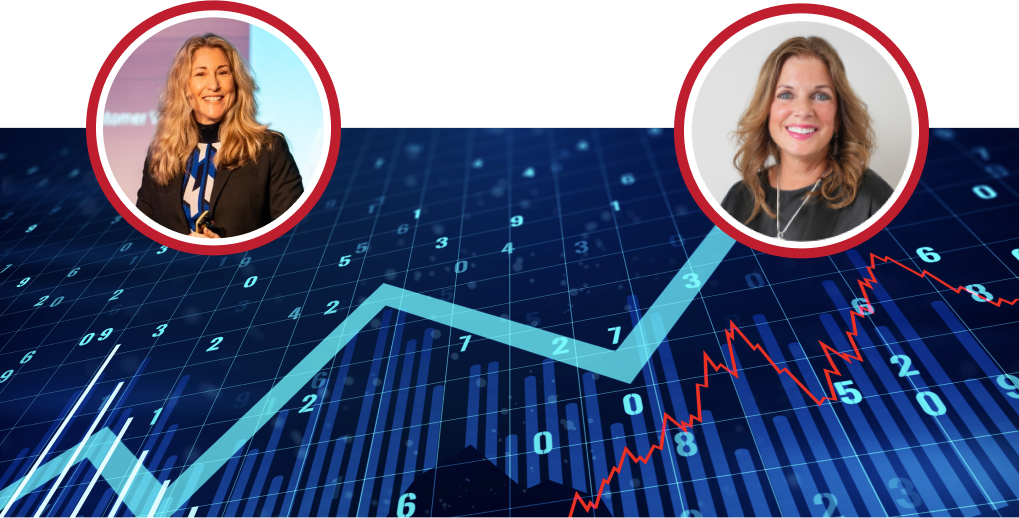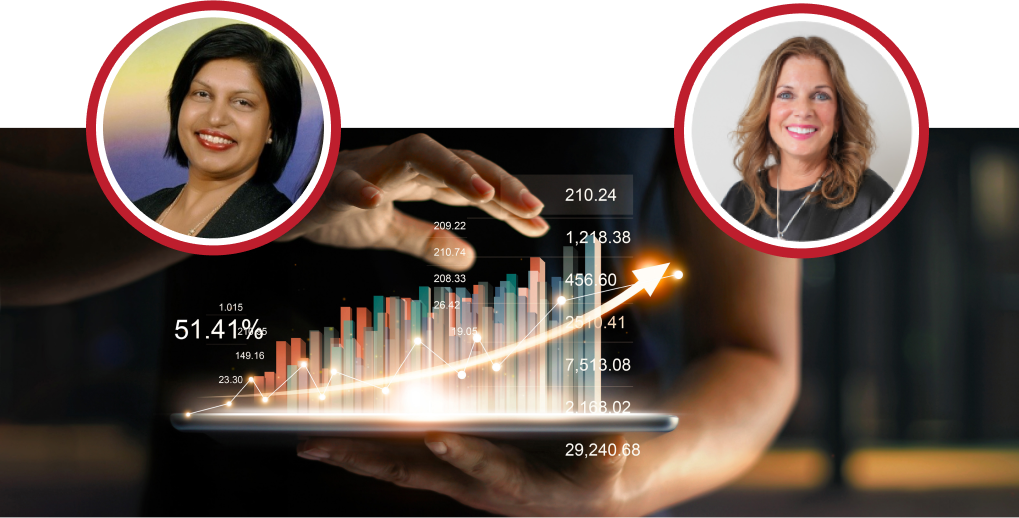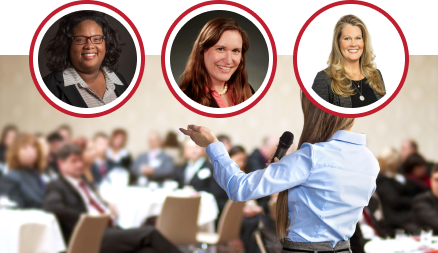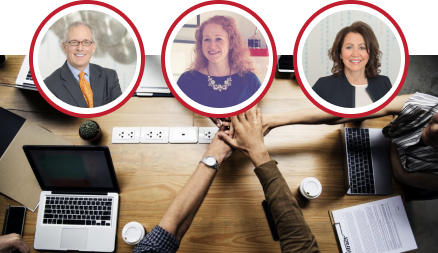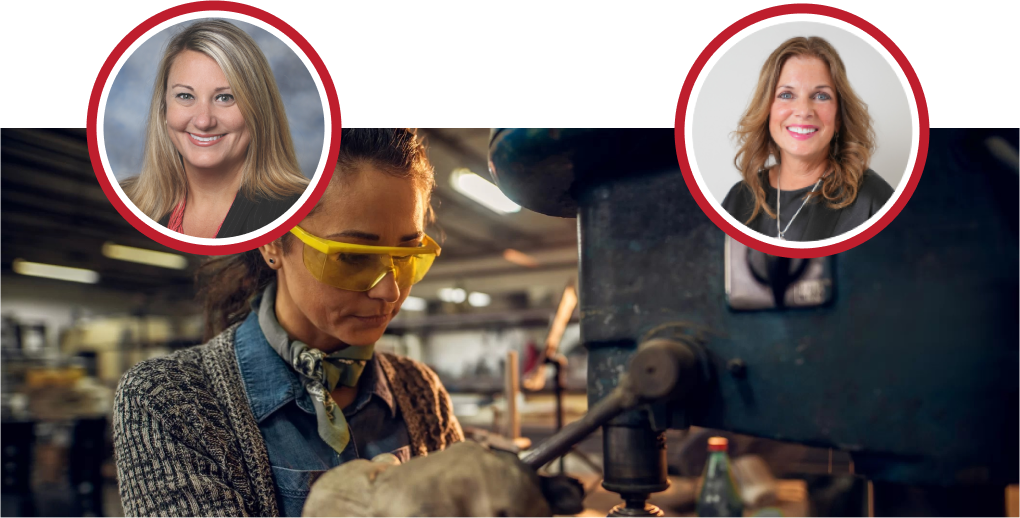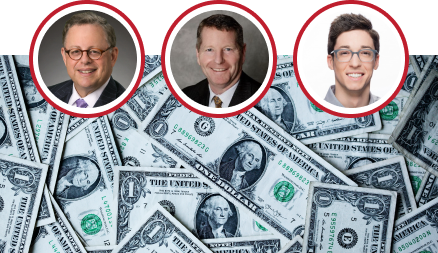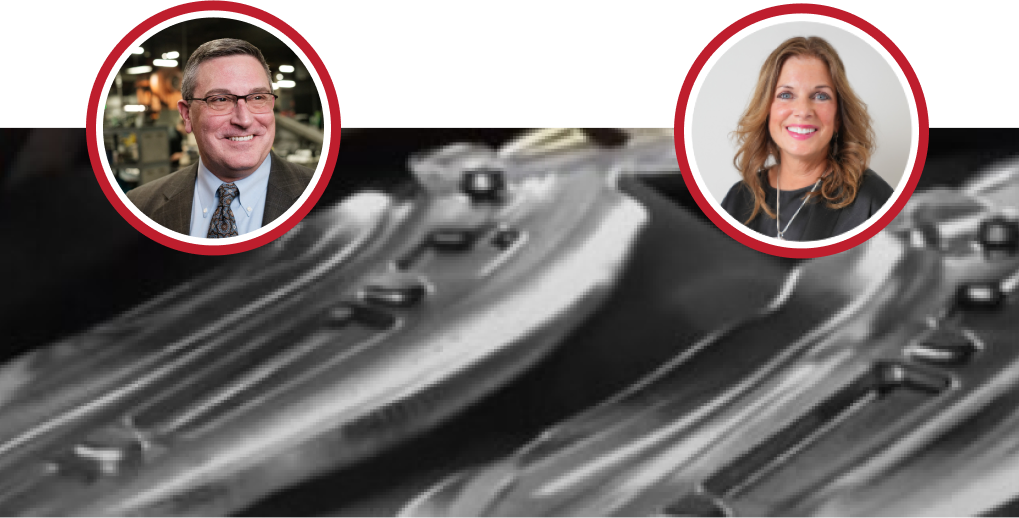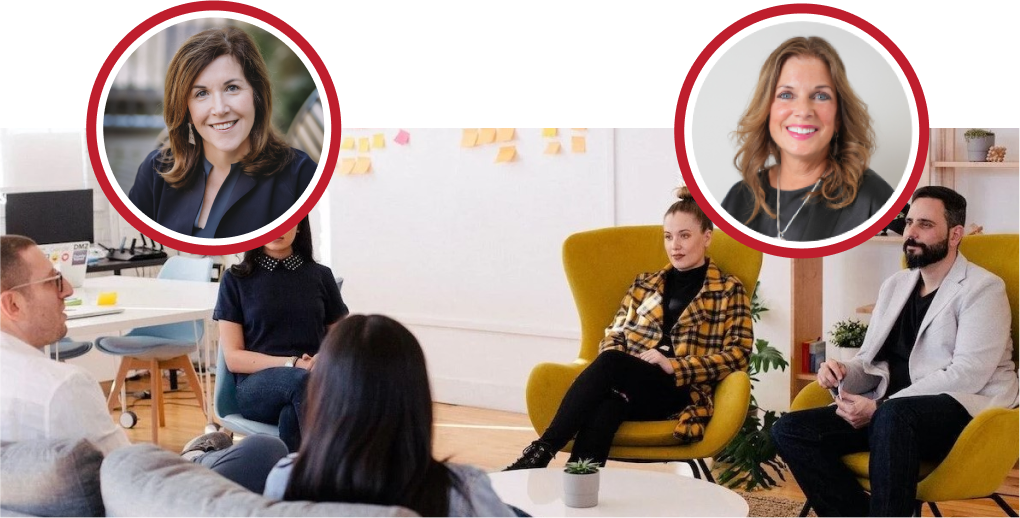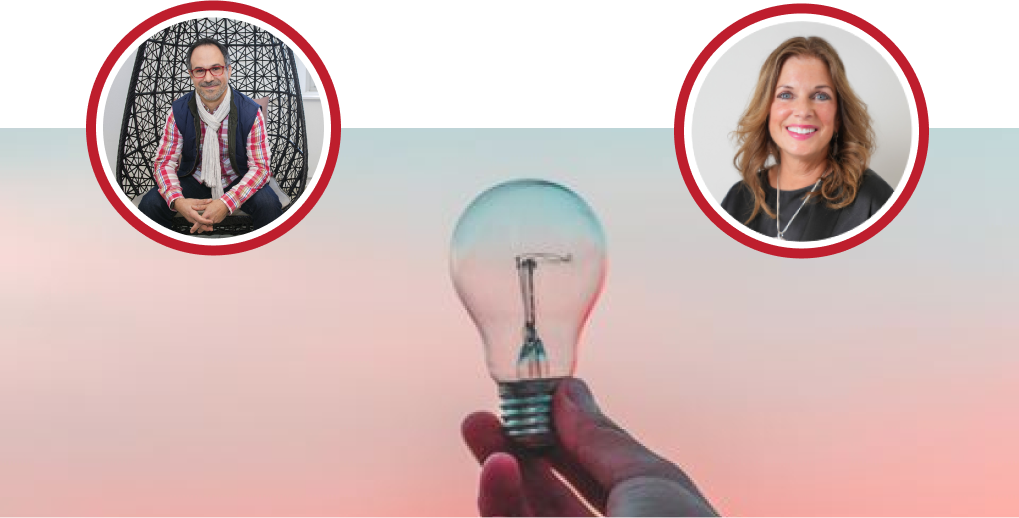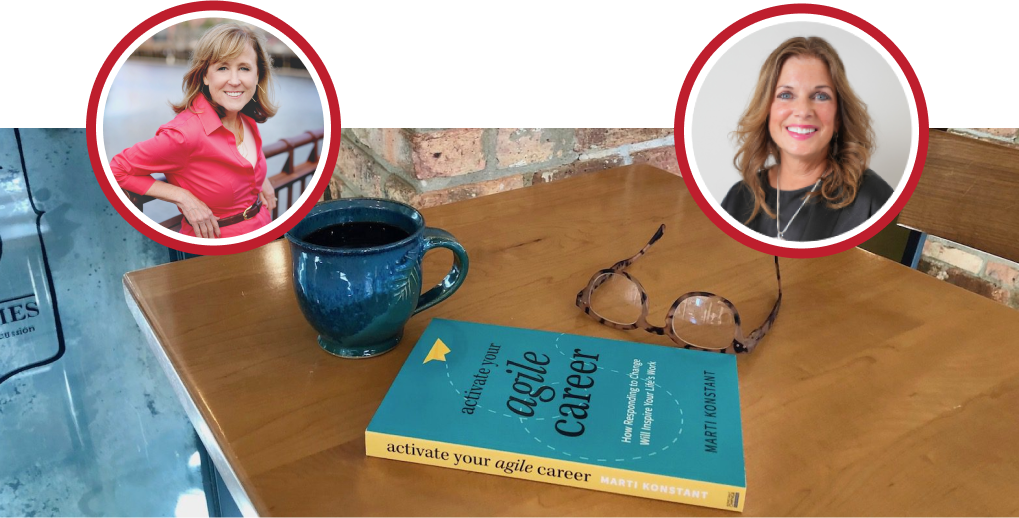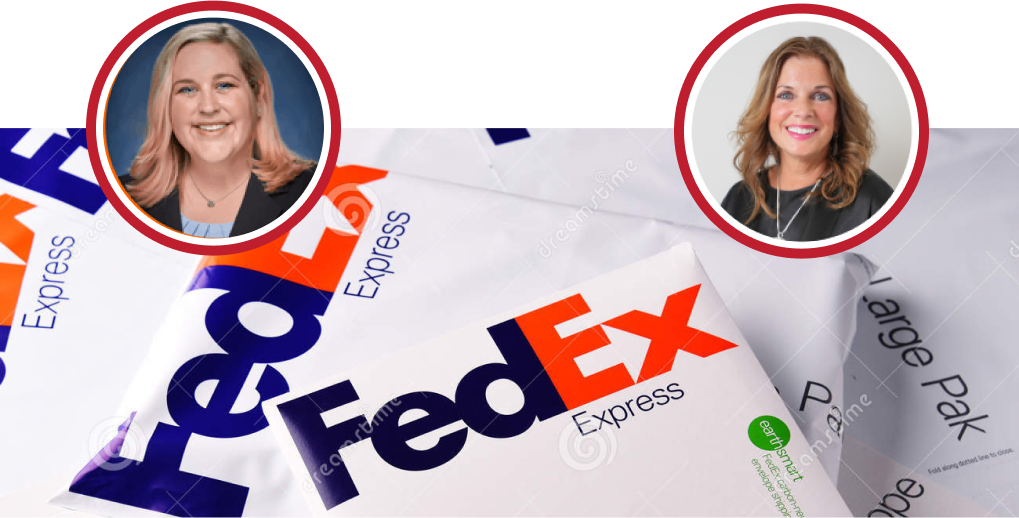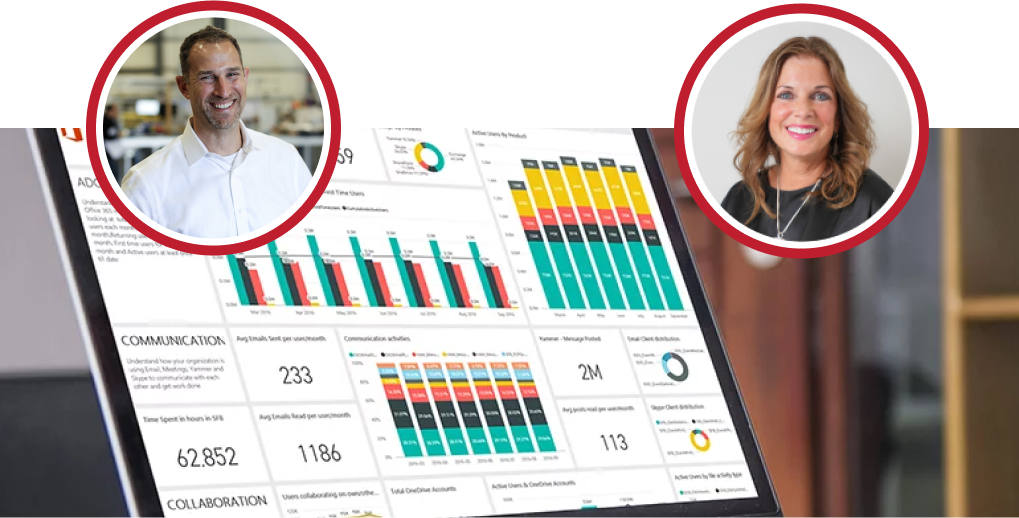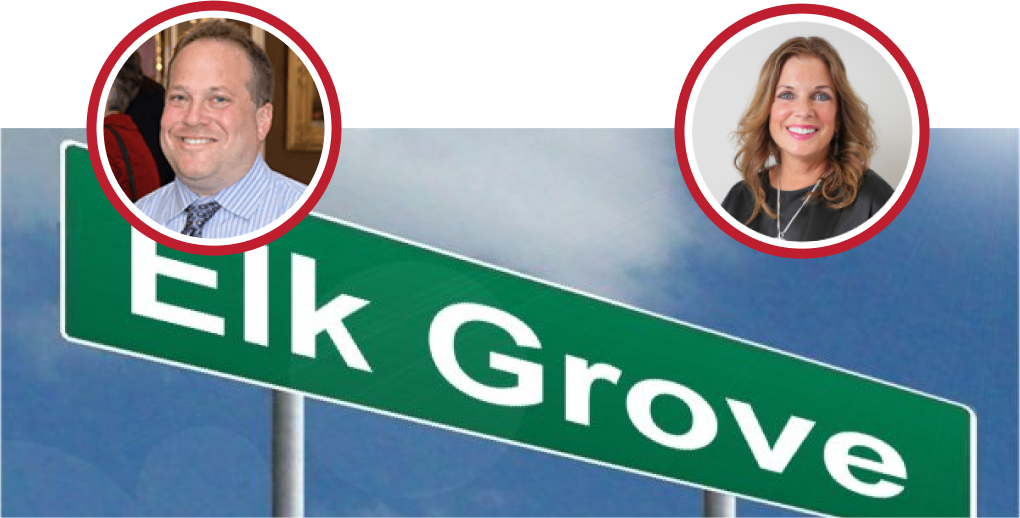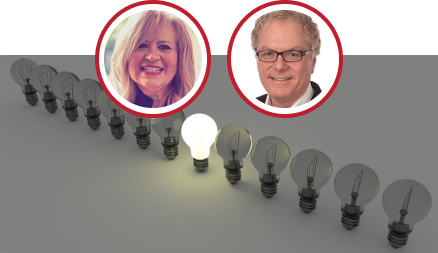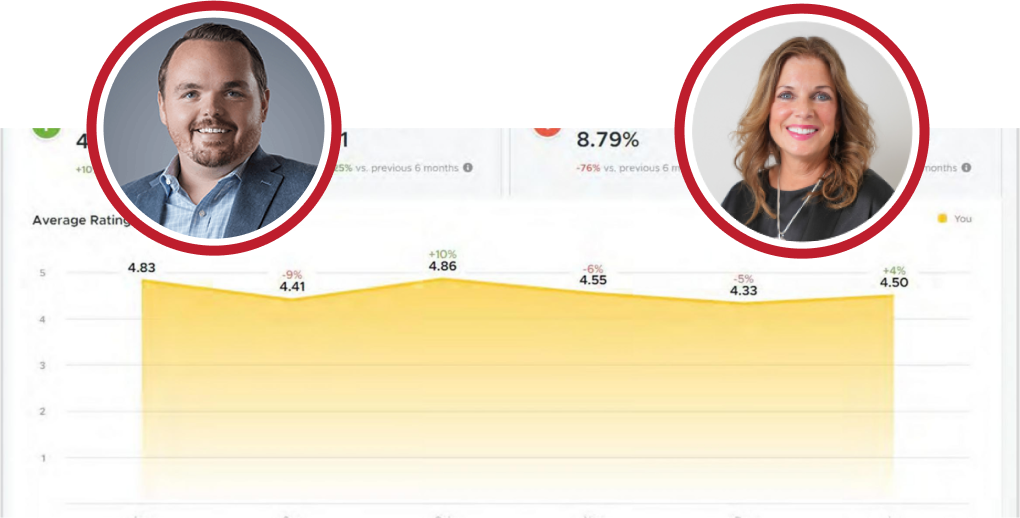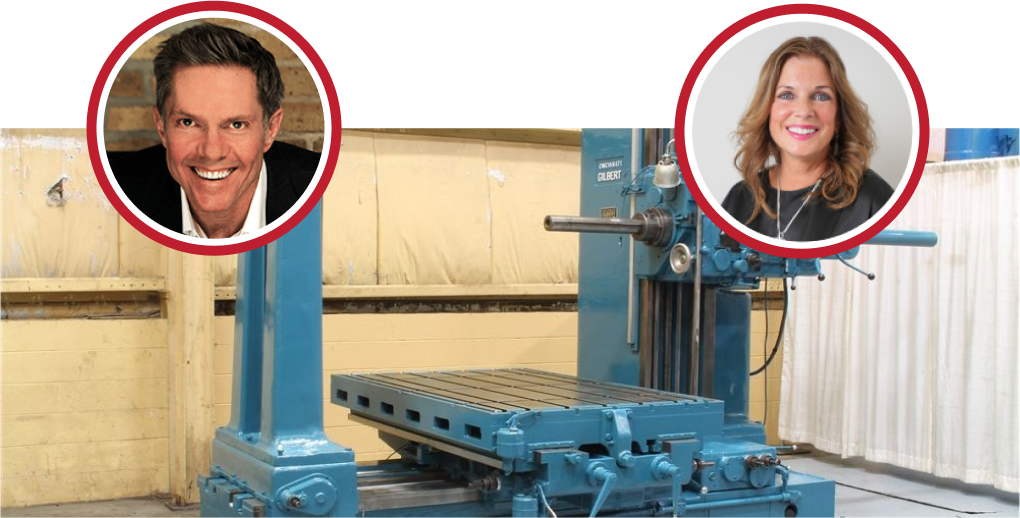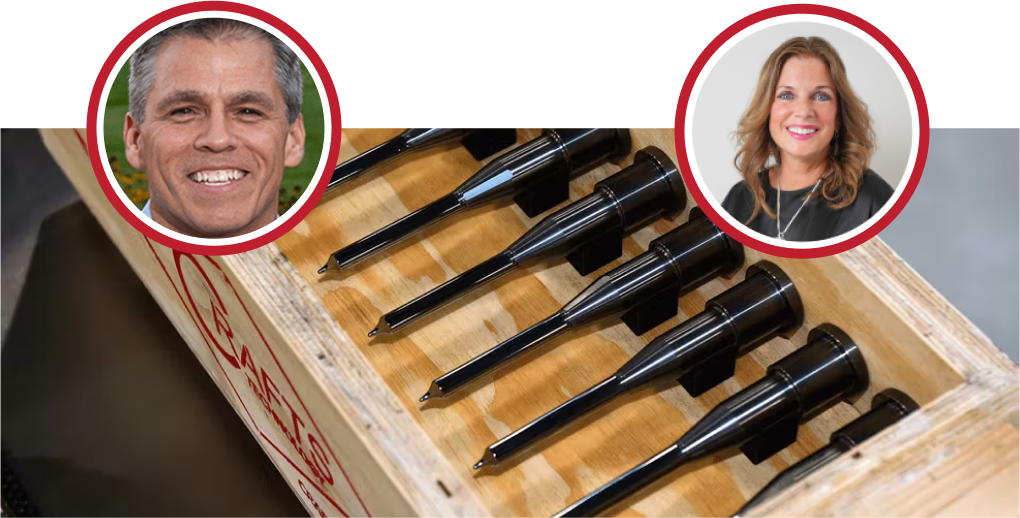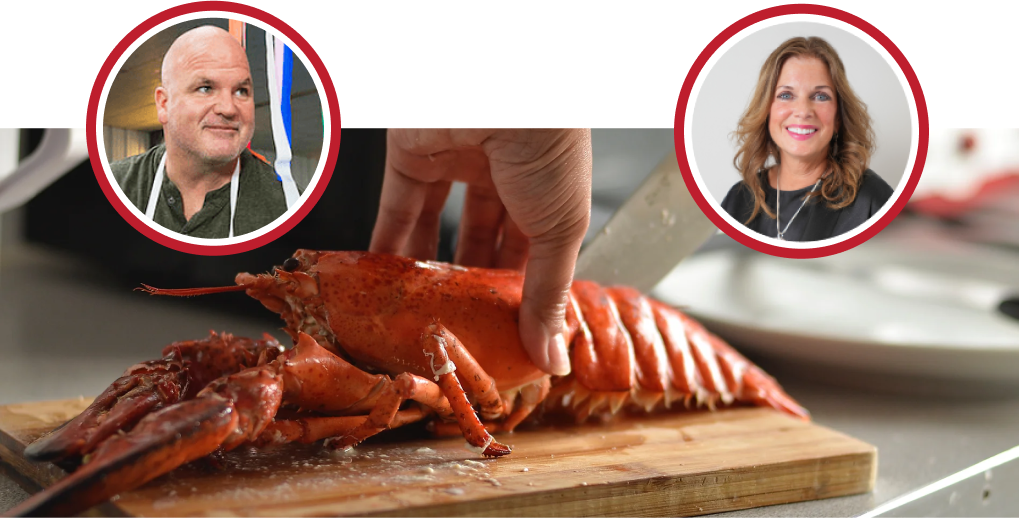Kathy: It enables a business to scale rapidly without hiring a wide range of full-time staff members to move a growth plan forward. Today, we have a topic close to my heart and many organizations’ hearts, and it’s really about how you leverage and enter recognition programs like the best and brightest. Companies to work for can significantly elevate your employment brand. In today’s crazy job market, your employer brand is just not nice to have. It’s really a must-have. It’s what sets you apart, attracts top talent, and keeps your existing employees engaged. But how do you measure your employment brand’s effectiveness, and how can you use it to gain a competitive edge? Well, we’re thrilled to have a special guest with us today, Jennifer Klug, the President and CEO of the National Association for Business Resources, abbreviated NABRNABR, which serves as a national umbrella for several impactful brands, including Corp magazine, The Best and Brightest programs and niche business, known for sharing invaluable data which we’re going to share with you all today, trends and best practices. NVR enables companies to thrive in today’s competitive landscape. And as an additional bonus, we. Have our favorite Co? Hosts, Mary Lynn Paloma. I don’t tell any of the other Co. Hosts. But she’s the president and CEO of our HR source, and they’re a Chicago-based employer association with over 1200 member organizations. She’s a highly respected speaker, trainer, and advisor and accepted authority on various workplace issues, including culture, employment trends, and HR management. So whether you’re a business leader, HR professional, or an employee interested in what makes a company truly great to work for, this episode is for you. So let’s get started. So, Jennifer, I want to, you know, open up, but we always love to, you know, you got a great bio. You’ve done so many. Things in your career, but. Love to always. Understand what’s not on your. Bio: could you tell us a little bit about yourself?
Jennifer: Sure thing. But first and foremost, thank you so much for having me on the program. I’ve known Mary Lynn for years, so I’m super excited to have Mary Lynn as the Co-host. And Kathy, we’ve we’ve known each other for a long time, too. So thank you for having me. It was not on my bio. Anybody who really knows me knows what kind of; I guess the proper term is nerd. I’m a bit of a scientist. So, at one point in my life, I wanted to study archaeology. I was talked out of that by my business-focused family. And they said no, no, don’t do. That so? It’s a funny thing because there’s. This tic tac thing is going around about. When was it last? Have you thought about the Roman Empire? Player: well, as someone who likes dabbles in archaeology and history and whatnot, I think about the Roman Empire at least once a day, and I’m a little upset. That was only for guys. How often do you think about the Roman Empire? I think about it. At least daily. So, my husband gave me a thumbs-up the other day. I said, you know, that’s from the. Roman Empire. We’re driving down the street, and like you know, those curves are from the. Roman Empire. You know those. Pipes, those are from the Roman
Kathy: Amazing, what innovation existed in those in that. Period. It’s just, it’s incredible.
Jennifer: It’s fun, it’s fun, but I’m a mom. I’m a mom of two college-age kids. I love to cook. I’m of Arabic heritage, so I really like making Arabic food. I made a cooking video with my situation, or my grandma’s, because I wanted to preserve the family recipes. It was a lot of fun.
Kathy: I love it. I love it.
Mary: Yeah. So much going on, Jennifer. I feel like I learned even more today, even though I think we’ve known each other for about 20 years. The best and brightest first entered the Chicago land market, and HR Shores was one of your very first partners. And we continue as a partner today, so many employers are familiar with that. Brand, talk to us a little bit more about it. About your organization, the National Association of Business Resources, but also some of the other programs and services that Kathy mentioned that fall under that umbrella.
Jennifer: Yeah, sure.
Mary: And I think we. Might want to throw up that slide again, we just ask you to take the deck down, but that might also help to illuminate some of the things that you’re working on.
Jennifer: Yeah. Well, thank you for asking. So the NBR, one thing that everything we do. Everything we do has one theme to it. It’s igniting greatness in companies and their people. So and it. Just that’s who we are and what we do. But most of you know us as the best and right us, where we identify and honor excellence. Well, we have other programs that we do; we have a women’s program. We have a best of awards. We have some praise for the diversity programs that we have as well. So it’s more than just the best and brightest companies work for. We also have. The best and brightest and Wellness. And that’s kind of our claim to fame. But outside of that, we are a powerful source of knowledge we have. Some breaking news. That goes out, and I am really proud of our publication. So when something happens in the world, it’s not just this that happened, but wearing those business glasses and really trying to help people understand. How does it impact them, and what do they do? Can do about it. We have all kinds of data. We survey hundreds of thousands of years and get that out through resource guides,t practices, and data. But we have a ton of data for everyone to leverage, and it is one of the things that I really like being the. The leader of the organization is we. We really do have elite thinkers. We are a very strong community of the nation’s top thinkers and leaders. They like to share. We expect them to share ideas, but they like to do so naturally. Share ideas, and we have. All these discussions and peer groups. And roundtables, we’re really helping the individual. And in addition to the company. I’m super proud. Of all of that, and then, of course, anything to run your business if it has an alphabet letter in it, we can help. In daily business operations, there’s Arista Cobra and OSHA. And all that. Stuff, Marilyn, you know about that stuff.
Mary: Of course, it’s important stuff. It’s time-consuming and labor-intensive, but it’s important stuff. So, thanks for sharing. I think that’s very helpful to us. Viewers need to understand that if they might only know you as their best and brightest, which is a wonderful way to know you, there is a lot more.
Kathy: Absolutely. Absolutely. And I, you know, have attended many of your CEO forums. Guys, host it. You’re you’re exactly right. The community is willing to share experiences. I get so much value when I attend those forums and hear from other business leaders and you. Know you, you. Grow your knowledge base in one hour or 2 hours in a big way. In those CEOs for. So I want to be kind.
Mary: Of switch gears.
Kathy: I kind of started the conversation by thinking about employment brands for us. You know it; your employment brand is your brand. I mean, it’s just how you show up for potential candidates, but Jennifer. What is your viewpoint? What is what? Why is it important for companies to invest in their employer brand as part of their overall brand?
Jennifer: Yeah, I think this is one of those no-brainers. Right, people often focus on selling their products and services. And to me, a no-brainer is. Who’s talking to your clients and who’s interacting with your clients is your employee. That’s your culture. Your brand, your. Employee experience. They’re siblings to each other. It’s like one kid gets all. The food and. Love and attention, and the other kid doesn’t. But they’re they’re siblings, so. I feel it’s really important to focus on what is your employee experience. To find your brand and marry when your organization does an excellent job jumping in and helping people swim in the weeds of this and defining your employer band defining your employee experience is absolutely critical. And in fact. Many HR teams are hiring marketing people within their own. Company. So a funny love story. This painting is behind me. It is part of our beliefs. So, for us as an organization, we borrow and steal all the ideas from the best and brightest companies. We have to walk the top great, so our overall theme or tagline for our employee experience is. Tenacious ingenuity. So we hired a local artist and said to paint something related to tenacious ingenuity. And so when somebody sits in this. Particular hybrid office. That’s the message that they’re. Setting so making sure that when you’re your employee is sitting in front of a client. OK, tenacious ingenuity is behind me, so I have to be tenacious and use ingenuity. Helping the client. It goes hand in hand, and you know this? Too, Kathy, the skills for marketing your product are the same skills for marketing your employee brand. So, communications chats like this. What does your office look like? What do your marketing materials look like? What? What? When somebody walks into your office or your digital hybrid work? What does that look like? That all has to be purposeful. It’s just as purposeful as talking to a client. Even more.
Kathy: So we couldn’t agree more. I mean, I think you know we consider talent to be a growth lane. It’s typically the highest expense of any organization or, you know, in the top three. So, it is mission-critical to be thinking about it through that lens. I appreciate your giving. It has some color as well.
Jennifer: And they add something to that, too. This is from the data. That that we receive and I I. Tend to preach, so forgive me. Just jump in if I start. But CEOs think that they’re communicating, and leaders think that they’re communicating the data, which tells us that the employees are getting a different level of communication. That is the CEO. Says they’re doing so when. You talk to the CEO of. An organization in the. In the company surveys. Oh, we communicate. We do all this, these wonderful things. And then when you go to the employee, they’re like, do you trust your leadership? Do you think they’re being transparent and those? Scores are always lower. So, you know how you communicate with your clients? Has to be the same skill set for how you communicate with your employees. Especially top-down. I would really recommend that.
Mary: So there are so many jumping-off points here. You are way off. Script so that I will take just a tiny little side road. Kathy and I discussed this with one of our prior guests, and that is what I consider the wonderful evolution of HR and marketing and communications teams finding each other. Working together more effectively.
Kathy: We always knew we should be together.
Mary: Yes, exactly. I mean. It is a match made in heaven. It’s, you know, really critical to effective communications to deliver on a brand promise to deliver on an employee value proposition. So, I think that evolution was underway prior to the pandemic. But the. Communicate all of a sudden, I’m echoing. I hope it goes away all of a sudden. There is pressure to communicate with hybrid and remote workers, as well as dispersed workers, during the pandemic. I think it heightened the awareness of leadership. If not now, when? If we could figure this out quickly, we would lose gaining talent, having people disengaged, you know, low motivation, right, our competitors, we’re going to eat lunch. And then another sidebar: I don’t go to Starbucks very often, but I stopped on the way here because I wasn’t going to have time for lunch, and I thought a little latte might. Perk me up. I’m pretty perky already, but I thought it. Could it hurt? What does your data show, Jennifer, and what? We hear and learn through the data we collect; people want it their way, right? I know that’s an old Burger King. So, I equate it with Starbucks. Right. You go to Starbucks and people. Requests are very specific, so when leaders are thinking, I will give it the way I choose to deliver a message, and it will be in one. That’s different from how people are willing to receive messaging anymore. So you know, we’re often. I know Kathy’s organization and yours, Jennifer’s, and mine. Constantly working with organizations, employers, and leaders to say you have to mix it up and experiment. You have to communicate in various forums, different mediums, different ways, different sound bites, essays, magazine articles, and videos. You have to keep it. Experimenting till your messages get through and run.
Jennifer: Let me add. To that, Mary Lynn, the one thing I think CEOs are missing is when. We when we talk. To the CEO’s. They want most of them to want people to. Come in person. We want people back; we want people back. I I challenge. They push back a little bit on that, but they are the reason why. I think this is me. This is because they can talk in mass groups when people are in person; they can walk down the hallways and hit more people. So, the lesson for leaders and managers out there is the one-on-one. Communication is absolutely critical, and that experience has a baseline, as you said. Here’s our culture. Here’s who we are. But to have a personal conversation customized for that human. Yes, that is the secret song.
Kathy: Yeah, and I and. I think frequency, too. I mean it, you think you. Been heard. You’ve said things. You’ve checked the box. Yep. I delivered that message. But I must determine how often people say that’s not their priority. What? You’re you know what you’re communicating. And so it is. It sort of goes right over their head; I’m just making sure that there’s constant and regular. Communication, I think, is really important.
Mary: So critical. So now I’ll try to veer us back onto the tracks since I took us.
Kathy: OK.
Mary: Off Jennifer, I think you started taking this off, and then I just. Oh yeah. Went ahead and. We all, in any event, so there are so many different awards programs out there in some regions, you know, dozens to choose from, big, large, small, local, national. Uh, talk to us a little bit about what differentiates best. This is what organizations should look for when trying to decide whether or not it’s worth their time, energy, and resources to participate in any of these programs because I know there is some survey overload out there. There’s some apathy with regard to programs. Like this, as well as some cynicism, so helps our audience understand what differentiates your program and why it’s of high value to participate.
Jennifer: Thank you. Thank you for asking. So, first and foremost, we’re a service organization. While we have affiliated media partnerships and exposure, we have our own publication, and then we have exposure in the Wall Street Journal. Whatnot, that’s not. Why we’re doing this? We’re not doing this. To put. Your name is on the list we have. If we have data, we have reports. Our goal is to give you those reports at an affordable price. So you can actually make a change. Our goal is to make you the best you can be. It’s not about making money; it’s not about getting your name in lights. Well, we have those resources for people. Our team spends every day trying to make an impact on your business. We expect you to share your best practices. We expect you to excel. Each year, we purposely make the survey stringent. We do accommodate survey fatigue. League so that we can either combine them with another survey that’s going out or accommodate when we survey you in the year; we can customize those surveys. So we do a lot to accommodate people with some of the issues related to going through this program. But the value of this program. It is about helping each other within the organization and helping each other within the business community, sharing a best practice now. Village of really this community of the leap thinkers and then our community is, as you said, Kathy, so generous of their talent and their brain power and wanting to make a difference. It’s it’s pretty, pretty cool.
Kathy: Yeah. So you know, having been a recipient and we present, you know, participated for several years c, can you share some of the criteria, like examples of the things that you’re asking? So people can get a sense of, you know, what information they’re going. Learn the survey data.
Jennifer: Absolutely. So, let me just describe the process real quick for those who aren’t familiar with it. You’re nominated, and our team vets you out. So there’s a process, and there’s a 12:50 ratio. Between someone being nominated. And they go through the scoring process and then another selection past that. So what happens is the companies nominated. We contacted them. There’s a company survey that goes out. We feel that’s very important. What are you doing? What is your culture? What is your employee experience? What’s your engagement? We asked those questions, and then we validated them with the employees. So, there is an employee survey, and that determines your score. We look at both surveys annually. If something is happening in the world where there’s a certain area that we score on, we change the weighting on it. So it’s very hard to stay on the list. We expect change change is expected. Some of the categories that we scored. We’re one of the only ones that score on communication and shared vision, which we just talked about. That’s so critical so critical. Obviously, compensation benefits and employee solutions work like Blend, DIY, Creative Wellness, and well-being solutions. We do look at that. We take that, too. Our boards and our committees say, OK, what should we be scoring on, and how should we change it? So, by going through our program, you get two resources right away. One is an overall assessment. How did you do compared to the best and greatest stand? And how how? How? What areas do you like? Need to work on those, and we do those by our our scoring categories. The other resource is a snapshot of your leadership. What do they do? We need to know how you’re performing, and then we have more robust reports and historical reports. How have things gone up or down over time? Where are you strong? Where are your six strongest areas? Don’t touch those. Stay away from your six strongest areas. Where are your weak areas? What are your employees saying about you? What themes are getting pulled out of that? Then, we work with organizations like Mary Mary Lynns. And if somebody wants. To make a change. We throw them in that direction, and Mary Lynn’s organization and others across the country swim in that, and they swim in it. They say, OK, why is this score so low? We’ll help you through that. But I will mention it in order to be considered as an elite winner. Those are the top-scoring companies. The biggest misnomer of being recognized at that level is that you can score badly in one area and score well in all the others and be considered. That’s not true. You have to be a good employer all around you. Have to meet a certain threshold in every single category to be considered for an elite winner, and those elite winners are scrutinised even further. We have eyes on those applications, and we make sure that they’re really the top of the top that are getting any elite designation.
Kathy: Yeah, I mean, I think that data is really invaluable. I love, you know, the ability to benchmark our size organization in our market against how other companies are performing. It’s great to look at that year-over-year analysis and see how we’re trending or if we’ve fallen down in a category. Has historically been better, so it it it. I do feel kind of back to you. Do you know why you look at it? It’s not, you know. We love the recognition. Of course, that. Do you know the value to candidates as they’re considering different organizations? To apply to, and you know it is something, it’s. A point of pride. For an organization, but I if. You start to leverage that. Data in a way to, you know, make improvements in your organization. That’s really where the power comes in, and you know, giving yourself a benchmark or giving yourself a score to try. Hit it is. I think the way that you can monitor and measure and use those metrics to say, you know, we’re doing well, we’re staying on on track, or alright, we’ve got, you know, we’ve had some setbacks. How do we, you know, resurrect our score from prior years?
Mary: I think it’s something that early on, when the HR source was considering various partners, the best and brightest stood out because of the rigor as well as the metrics. We believe strongly in the benchmarking opportunities and the opportunities to use the information gathered, not just to have a big celebration. Again, we love big celebrations. But to really use it to improve the organization, right with that’s the end game. This data can be used for good, and it can be used for comparative purposes. Like you mentioned, Kathy, that can be tracked over time. So, Jennifer, I think it would be helpful to give just a few examples of how an organization might take the data that’s collected and share it with the leadership to consider meaningful improvements to their organization.
Jennifer: Yeah, sure. So I can. Give you a couple of examples. One company put a committee together. They get the really thick 80-page report, and they go question by question, and that committee’s responsibility is to fix the low-lying fruit and create a strategic plan for their HR strategic planning purposes. And that’s supported by the C-Suite. There are a lot of best British winners that go in and create committees, but it’s not just the surveys they sit in on the webinars; they sit in on the peer groups. Whatever we have going on, we have some recommendations that we send to leaders. So we studied the data forum, and there was a. Here you go. This is what you need to do, and it’s the whole thing. It’s the whole experience, but most importantly, it is to sign someone to the data. If they need to make a change and they don’t know how to make that change happen, they really need to find a source to help them make those changes. And sometimes it needs to be somebody just looking from the outside in and saying, oh, wow, this is really bad, where maybe somebody. Internally, I was like, Oh yeah, that’s that’s because of this, this. And that somebody externally again, Mary Lynn, somebody externally. And say yeah. No, that’s that’s a big problem for you. And here’s why.
Mary: Yes, thank you for that. Shout out.
Kathy: Yeah, I yeah, I want to. Ask one question before I go into my next question because this recently came up for me in a client meeting where they didn’t want that. There was some pushback on surveying the team, and I was. Honestly, it was a little. I’m surprised that you know my view is that information is power. If you don’t know something is going wrong or why, you have no way to remedy it. So Jennifer liked it. How? What would it be? Your guidance for somebody that was feeling like they’re going to hear bad things, you know?
Jennifer: There’s a couple of reasons like people are. Are low apprehensive? One would be is. They don’t want to look in the mirror, or they’re overwhelmed with everything going on. They really don’t want to look. In the mirror, and what I would encourage you is we don’t want them if that’s, if that’s how they think we don’t want them because that’s not. Best and brightest? Thought process. The other thing the big misnomer is when the economy softens or when there is a recession, or layoffs are going on in a company, or there’s a merger or a lot of mergers lately, that the general sense is we survey, we don’t want to know we let’s wait for the dust to settle. And I would challenge them that is when you want to survey because your weak spots really stand out, and your strong spots really stand out in those moments. And it doesn’t mean that you’re not going to be the best and brightest company if. You’ve had to do. Some layoffs, it’s. How did you do them, how did you treat your team, and what are your policies? I hope you didn’t put everyone in the room or send a goofy e-mail or any of those bad practices that you hear out there. But did you treat them as you? Want to be treated? That’s what we look for. So, I would push back on whomever is apprehensive about the data. It’s not going to hurt you. Have that data. It’s going to. Help you?
Kathy: Yeah, I. I-100, I know Marilyn. Probably agrees. Well, I have 100% agree. I mean, we even see that with clients that are going through an acquisition or merger, and their customers have that same, you know, like it’s not like we had. It is with our old. You know, experience with this organization and. To get that customer feedback and sentiment or get that employee feedback and sentiment, then you can say what you’re doing to create change. So what? You can’t do it. As well, you know, but I think that it just feels like a big mess, too. Me very well.
Jennifer: Let me let me tell. You what? I get on my end. That I know you were trying to get. They go to do it. What I get is when we tell a. Person or a company that they. And they think it is not the best and brightest company to work for. It’s us. Ohh, no, it’s you guys.
Kathy: That sounds like. Mentality. Yeah.
Jennifer: So, so that’s. Another leading effect of the. The program, too, is how did they react? When you tell them they’re not a winner. Did they say, oh, it wasn’t us? We’re wonderful or? Do they say tell me more? Why didn’t I get this? How? Can we put this into our strategic plan? We want to be. A best and brightest. Please tell me what we’re doing wrong. Very interesting to see those two. They have very different experiences.
Mary: Kathy, to one of your earlier points, I do believe there is a hesitancy on behalf of leadership. When they are concerned about the economy, a recession, layoffs, terminations, and budget shortfalls, they’re concerned about asking questions and not being able to take action on the issues that are raised. So I. No, that’s not. It’s always the right reason not to survey, but sometimes I hear organizations cause surveys are a snapshot of a point in time, so sometimes organizations say it’s not that I’m not willing to ask these questions ever. I’m sure this is really not a good time for us for these reasons. I know I don’t have a board that will support the changes that need to be made. I know we’re in the midst of some other leadership challenges we have, you know, these huge initiatives on the docket already, and I think we don’t have any bandwidth to add more. So sometimes I believe that hesitancy to survey does come from a legitimately good place. What will the leadership team feel like? They’re making the right decision now. A blanket ban on all surveys or employee input opportunities is a sign of concern.
Jennifer: Yeah, I guess the only other you know to follow on that I would have to sort. Of contribution here is that to me, almost any survey we’ve done or seen a client do. There’s likely no way we’re going to be able to meet every employee’s, you know, request. They’re they, they’re. Asking for things or they want to change in the organization, and it’s not always feasible, but I do think it is an opportunity to say that you’ve heard them, that you’re listening, and you know this is for a variety of reasons. Something that’s important to them and you, you acknowledge that you’ve heard them and, maybe, it’s a timing thing. We’re not in a financial position to do it this year; we’re going to. Definitely revisit it. And if you just don’t like it, put it away. You can bring it. Back up, but I guess I still, you know, really believe that the information is powerful and that if you can at least, you know, present the why you can’t do something and you can’t create that change, then people are more reasonable versus that they’re just discontent. It and you continue to let that fester behind the scenes in your organization. So, I’m going to ask this question to both of you because I think you’ve got your finger on the pulse of so many CEOs. And Jennifer, as we mentioned earlier, you do your CEO forums; what have you been hearing, like what is this has been? I mean, how many crazy? Years in a. Row another crazy year for many organisations, so I’m just curious. What’s what is concerning organizational the organisation leaders, you know, we can widen the net beyond just the talent. What? What are you? What? What’s on the pulp of the there’s a lot. There is a lot going on right now. Artificial intelligence is pretty trendy right now. Do we use it? Do we not use it? Should we invest in it? Should we dabble in it? The majority of the CEOs? that we talk to are. Mostly dabbling in. There are some larger companies. Putting some heavy. Investment into artificial intelligence, the rising costs, and inflation. So what’s happening with corporations? Costs are going up. Profits might be softening, or, depending on the industry, you’re still booming, and it’s just squishing. It’s squishing operations quite a bit, and that’s a very professional word, squishing. Hybrid work there is this push, pull, and hybrid work. We’re still trying to coach people through that, where most leadership wants people back in person, as required in person. What we are telling everyone is to define what collaboration is. Looks like. So we just released our recommendations for C-Suite leaders, and I think that’s where the harmony is. What does collaboration look like for you and your organization?
Kathy: Yeah, that’s that’s powerful. That’s really powerful because I think it’s an easy word to say. And it’s really hard, regardless of whether you’re hybrid in the office or completely virtual.
Jennifer: Yeah, and use some tenacious ingenuity and defining.
Kathy: OK.
Jennifer: What collaboration means to your organization? What’s acceptable, what’s not acceptable? A lot of cultures rose out there still and, and very who’s nodding. It’s it’s still changed. There are certain industries that are still dealing with the stuff that we’ve been dealing with for many, many years. There are other organizations. That has had some mergers and woes. That goes through. With rapid mergers that have yet to really be thought out, a lot of people are shifting. Still, burnout, we. We’re making sure that C-Suite leaders know that there’s burnout at all levels. And we got you got the boomers leave, then you have women that haven’t come back full force, they’re still caregiving. We’re not at the PRE pandemic levels for that. And there’s still a lot going on. And then here, here’s the most interesting one that adds to this whole workload issue. A lot of employees were hopping jobs there for a while. They were taking the quick cash. Well. The problem now, though, the fallout from that is that they were moving for money, and they were moving and jumping and jumping. They never got the skill set that employers now expect. So there’s this. There is a great divide between what an employer expects from an employee at a certain job title and job classification and what they are getting. That compensation is significantly higher, and they need to get more skill set for it. So it’s putting the crunch. On trying to recruit the right people, it’s also putting a crunch on training and mentoring, and then the supervisors are like, ohh. They’re they’re starting to really struggle with everything coming at them. They have to train, they get a mentor, and they have to have individual conversations. They have to figure out this whole hybrid world in person and keep people motivated, and in certain industries, it is still a talent war. A lot is going on, and those are all the topics that we discussed. You know, any one of those is a is. An hour’s discussion.
Kathy: That’s a long list, Marilyn. Nice.
Mary: I’m like, I’m like, can I? Add to that. List The Beauty comprehensive list, but I’m going to try it. I’m going to echo all of that.
Kathy: I know. I was just.
Mary: And I’m going to add a few more things, some of which are highly connected to the things that Jennifer mentioned. So, in the war for talent, there is a continued challenge to compensate and figure out the most effective total rewards package for our employees of all ages and all generations. So, determining how flexibility plays into that, whether or not we should deal. With geographic pay differentials, how to handle that when people are moving all over the place, talent has become. A little bit easier, but we’re certainly starting to hear more organizations doing either small reductions in force or increasingly larger reductions in force. They don’t always equate. To an easing up of recruiting woes because it’s not necessarily the same subset of talent that is losing their jobs that are in demand and other organizations. Technology. The pace of change in technology is increasingly challenging to employers, not only to afford but also to make sure that they have enough cyber security insurance and cyber security training, and then add to that the complications of AI. How to harness it effectively but not to get into legal hot water. Jennifer, you touched upon the importance of managers and supervisors. There’s the upskilling needed. I mean, we had a lot of, unfortunately, mediocre managers and supervisors in the workplace before the pandemic and before the rise of remote work. They’re not automatically better supervisors now. In many cases, they’re worse. And they’re not interacting with mentors in the workplace and people that they might be able to learn from because they’re, you know, at home in their yoga pants or in their basement, and they’re. Learning from there, you know, leadership teams or mentors that could help them evolve and grow in their skills. The mental health crisis is real. You mentioned burnout, so that kind of goes under that total rewards package. What are employers doing to add to their benefits? Offerings to ensure that they’re not just delivering on a traditional benefits package but adding additional options to really help employees balance and align their work and family and home and life obligations. So I mean, again, we could go on for hours delving deeper into each of these areas. It’s a complicated time to, you know, be in business, to be running organizations, to be an employer, to be an HR, to figure out where to best. Utilize your resources and how do you know, recruit, and retain the best and brightest in you. I have never been more challenging. I mean, every year keeps. You know, adding additional challenges to our arena, and we’ve got to keep figuring them out faster and faster because the competitive landscape keeps getting more challenging. That’s why I needed Starbucks today.
Kathy: Every day. No, I mean, you know you guys are. I’m in a number of CEO forums and places where I’m listening to other leaders talk or just even with our own clients and what’s on their minds, and it is. It does feel like we’ve been in this rapid chess match for the last few years where we’re constantly moving pieces around, and it’s, you know, something else pops up, and we’re having to address that. So it is complex, but you know, I think we can only do what we can do, you know, and do a smaller group of things. Well, and then move on to another smaller group of things. So, you know, really prioritize what’s most important to your organization because we, you know, make that list. It was a mile long, so you know. I think that as. I’m thinking about, you know, all of our planning that’s going to be happening for 2024. I think you know you have to really prioritize what’s going to have the most impact on your organization. But so Jennifer, you have. It’s just a, you know, a wealth of resources. I mean, I think some of these things would be beneficial to organizations. So can you, you know, kind of counter what we were saying in terms of the challenges? What are some of the things that you feel like you have? As found in your research and some of the resources that you’re able to provide, can you give us a few ideas that can be activated fairly quickly?
Jennifer: Sure, sure. So we. Have a plethora of resource guides that can touch upon some of those and give some examples of best practices from each of those. In fact, we just released our most recent best practice resource guide and what we can learn from each other. The other thing that I wanted to mention is that it’s ever-changing. So, we just talked about that, right? So whatever you’re reading or studying now, Now you have. To stay on top of. It so we we. Every month, we look at our resource guides, we look at the content that we’re pushing out, and we make sure that it’s current and fresh. So, for example, we focus these guides in education in two. Areas, C-Suite leadership around talent, and then people in talent, the HR leaders, the CHRO is the director of HR, VP of HR. So, I just want to focus on that space for this discussion. Everything we do. But for example, team bonding and hybrid work, I already mentioned defining collaboration. You need to assign the committee to that and get people from all over the organization, every department, every age group, and put a committee together and say how we can outsmart this need to come back to work and work remotely? What? What’s the win? Win some best practices? Some of the bigger companies are saying these are the weeks that we are going to be in person. These are the collaboration weeks. Some teams have been saying these are the collaboration days that you are required to come back. We are seeing a lot of requirements to come back to work because things are softening out there, which is really interesting. I don’t know how I feel about that, though I think sometimes that’s being used as a weapon instead. Of a reward. So that needs to be thought out. A little bit and then. A lot of companies have really kind of figured out how to make team bonding happen, so they’re purposefully getting people together, but not to work that they think will come naturally. The collaboration will come naturally, but one of the things. That, I think, is. It’s really cool. Are these collaboration days around volunteering in the community? So this is a required day, but we’re going to go over to the Foodbank, and we’re going to, we’re going to all. Work together, too. Help the food bank or. This is a required day, but we’re going to turn. All our devices are off. And we’re going to. Go have fun as a team. So those are really easy things to do. To get some. Team bonding, especially in a hybrid work environment. We also have a lot of tools and resources around employee engagement. We talked a lot about the employee tagline and that whole experience, but again. Some HR teams in Maryland can talk about this, too. Are you hiring engagement people, specifically engagement ambassadors within departments? People are on the team, and their job is to figure. It out. Listen to everyone. Create an engagement strategy. We would recommend that the other thing I want to remind everybody about is. I don’t know if you agree with me. Or not, but. We really recommend getting rid of the performance reviews. Some companies can’t because of how they’re structured, but I would challenge that from the data. It is by far the lowest score by both the supervisor and the. IE, it’s almost an add-on on the report card about how do you feel about performance reviews. Are they effective? Are they getting rid of them? They’re just stressing people out. We recommend individual conversations, understanding the human, and making sure you’re hearing the human. There’s a partner that we have. It actually came from a company that was investing in British winter. They were not scoring. How? They wanted to score. So, they created mechanisms to become an elite winner, and then they became a national elite. Centre, and they put this whole company together on all the changes that they made, and it’s called become unmistakable, and they put you. Map together where this is what’s important. To me, as a human, this. This is what’s important to me as a family. These are my personal goals. These are my work goals. These are what I need. Development on what? Do you think they need development? And it becomes a conversation versus. You’re a six out of seven on this. Item. So we really would encourage that from an employee engagement perspective or something similar. But again, individualized conversations and engagement have to happen, and we have to train these supervisors to know how to do it and do it well. And then, as far as Wellness and well? A lot of things that we think are required as employers are perks. So, for example, a healthy. Food in the office is available on-site mindfulness or digital resources for mindfulness yoga, Wellness events and challenges, and whatnot. Those are really expected now. Those are not. A la carte or something that you can just. Say I want to offer it if it’s required. Many companies are expanding their leave policies for when a child is born. They’re improving the father in that for these leaves, and then also tenure sabbaticals are making a comeback. You can take a couple of weeks. Off or a month. Off, and you can go do whatever you want. And then come back healthy and refreshed. There is a lot of positive feedback on those. And no meetings. Oh, no meeting days or weeks. Yeah, you’re not digital. Days where you can. Just crank out work and do not be disturbed. I know what we do in our organization is that we close at 1:00 on Friday, and if somebody needs that for mental health, it’s time to refresh and go be with their family. They can, if others need to spend time. I’m catching up. Without the stress of everyone buzzing them every two seconds. So, the players are looking at unique hours in that space as well, and then there’s just one more area that I want to make sure we have a diversity, equity, and inclusion initiative as well as a resource guide and education and tools there. The feedback that. We are hearing that employers are not walking the talk. So, if the CEO sent out a letter back in 2021 or 2020 on what their endeavors are, are you living it? And when were you talking about it? Last man, young people being hired and trained are watching and want to ensure that whatever’s been promised is fulfilled. D and I are happening. And whatever the corporate responsibility is related to involvement in the community, is it happening, or was it just talk? Was it PR? So, one of the things that we noticed is that the economy may or may not soften in certain industries. Unfortunately, one of the first budget cuts was the people and the activities around D and I. Are you committed to it? Are you not? Right. How do employees see that? They are staying for those reasons or leaving for those reasons, and if. You do not. Walk the talk it; it hurts. You, as leadership and leadership, need to come. Communicate if you have. DI Committee, what’s happening, and what is the CEO saying about it? Are they supporting those endeavors? Are they funding that so a lot? We have a lot of best practices and tools. And then, of course, there are organizations like Mary Lynn’s that help you. Implement it, we say what needs to happen, and. Mary Lynn says, here’s how to. Do it.
Kathy: I love that.
Mary: Yeah, and so many things, Jennifer, that you mentioned we’re working on with our Members. We’re helping them to implement; we’re doing it ourselves. We just volunteered at a food bank that’s also a member. We’re having a day of celebration on Monday that’s going to start with a program for our employees. Assistance program on mental health, and then we’re going to do a fun group activity and have a fun meal, and people will get. The day off early. But being more intentional, so many of the things you mentioned you kind of wove in the topic of intentionality, like expecting things just to happen doesn’t always. Auto magically happens, so you know, letting people know that you know the reason we’re coming together today is for this.
Kathy: Right.
Mary: Purpose, this is what we hope to get out of it. Asking people we recently announced that at our full team meetings, unless you need a laptop, we don’t want people to have their laptops there because we want people to be focused. And you know, we want people to be engaging with each other and be. Truly, you know, the present is more and more difficult in today’s environment. So the intentionality and, I think, another global comment based on another. Long, long list. What I hope employers take away is there are so many jumping-off points. There is always progress to be made, and there is no one-size-fits-all. There are so many different options that might fit your industry and the demographics of your team. To the point of DE and I, we certainly have seen employers struggling with not quite knowing what to do, and we try to work with them and explain there are lots of different options. Again, a lot depends on it. Their team, what’s most meaningful, what their budget is, what their challenges are. There isn’t just some tried and true list. These are the top five things you need to do. In order there’s. There are lots of different ways that you can fully deliver on your DE and I commitment, and they don’t look the same for every organization.
Kathy: Yeah, I think it’s like SG I, I really feel like people want to embrace these practices, they want to improve their organizations and these ways and, but there’s a little fear around putting it, you know, out there because it’s not easy. But I think it would be good if you at least have a bit of a roadmap as to how you’re going to incrementally. Prove it’s just like anything else. It’s like you’re not going to. Start at the top. You’re going to have to work your way there. It’s just about making some. You know, a little bit of incremental improvements along the way. It’s the. The only way we all. Get better. So, no, I appreciate you both sharing those insights with us, and you know Jennifer will include links to many of your resources in the follow-up. E-mail that goes out, but you can find just about everything on your website, correct?
Jennifer: Correct, correct.
Kathy: OK. And then, you know, HR source has a ton of great resources on their side as well, and it’s HR source. Org, right, Mary Lynn. All right.
Mary: Sure, it sure is.
Jennifer: So I know we’re.
Kathy: Getting to time, and I want to, you know, give everybody an opportunity to Parker if you could throw up. How to reach out to Jennifer if you’ve got any questions? She is willing to let you know and give you feedback, so if you want to have a question for her, just reach out on LinkedIn. Or you can reach out to her via e-mail. She’s just put, you know, business as unusual in the subject line or somewhere in the chat. And she will know that you saw her on today’s livestream. I also wanted just to give a plug. She says they are hosting their summit next week for the best and brightest. I’m going to be thrilled to be on the panel there speaking, you know, about our experience as an organization with some other CEOs, so I appreciate you having me next week and looking forward to traveling to Detroit. Mostly, I want to, you know, make sure we thank all of our sponsors and sparsity M3 learning and, of course, HR source has been a great partner to us all great resources and then tell you a little bit about what to expect for October business as unusual. So, we are going to feature some of our own. Bread, caffeine subject matter experts. Next month. We’re really excited about this. We haven’t done anything very similar to this. But it is. That time of year when we’re all thinking about what is our growth plan or what we are going to put on our priority list next year. And so we heard a laundry list of ways we could think about improving our organizations. Do you know what other things we would be looking at to elevate marketing or increase sales? Or update our brand, or as Mary Lynn mentioned, what is our technology roadmap going? To look like. So we’re going to spend an hour really talking you through some of, you know, the things, the tips and tools that we use to help clients with their annual. Planning and so people will have an opportunity to walk away with, you know, a better view of some of the things they could maybe put into their annual planning process, get some of the eight questions that red. Caffeine is used to start to create that dialogue with leadership teams. We’re trying to get input from several different people, and then who should be involved in the annual planning and when it is. It should be taking place, so I’m really excited. We want to have our team featured next month, and you guys are going to. You’re going to get. A lot of valuable insights from that share-share experience. So that’s it. We’re going to ramp up and. We want to thank both. Jennifer and Mary Lynn for like, oh, my gosh, such incredibly valuable information. As always, the time goes very, very quickly. But I feel we got a lot of value from this last hour. So I hope our our guest attended. Attendees really felt the same, but I learned a tonne.
Mary: Thanks, Kathy. It’s always great to work with you and Jennifer; seeing you at this event today was fun.
Jennifer: Thank you, ladies. It’s been an honor, and I can’t wait to check out that October 19th one. I want to go to.
Kathy: That’s alright. Great. Well. We’ll be looking forward to having you. So thanks, everyone has a. Great rest of the week.

